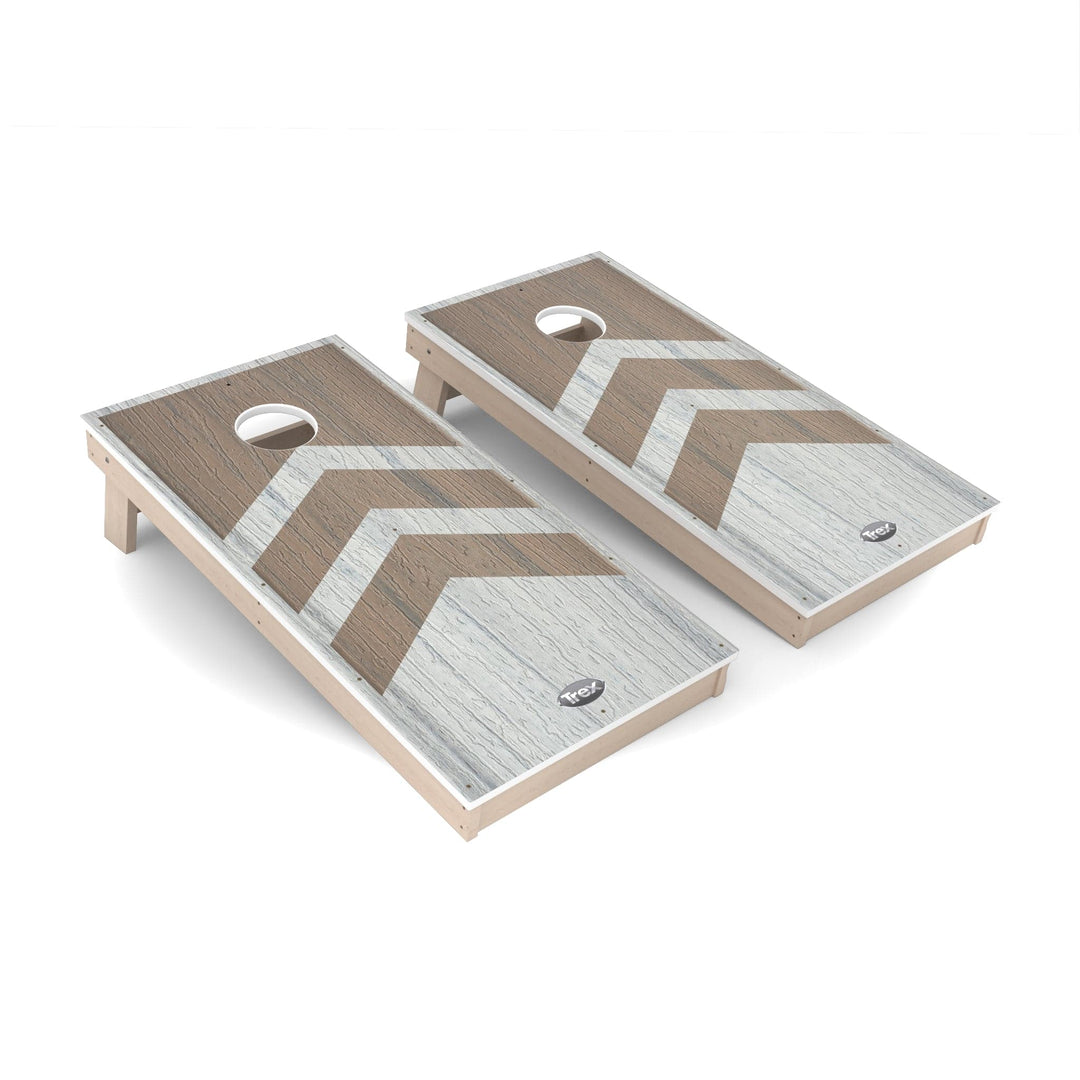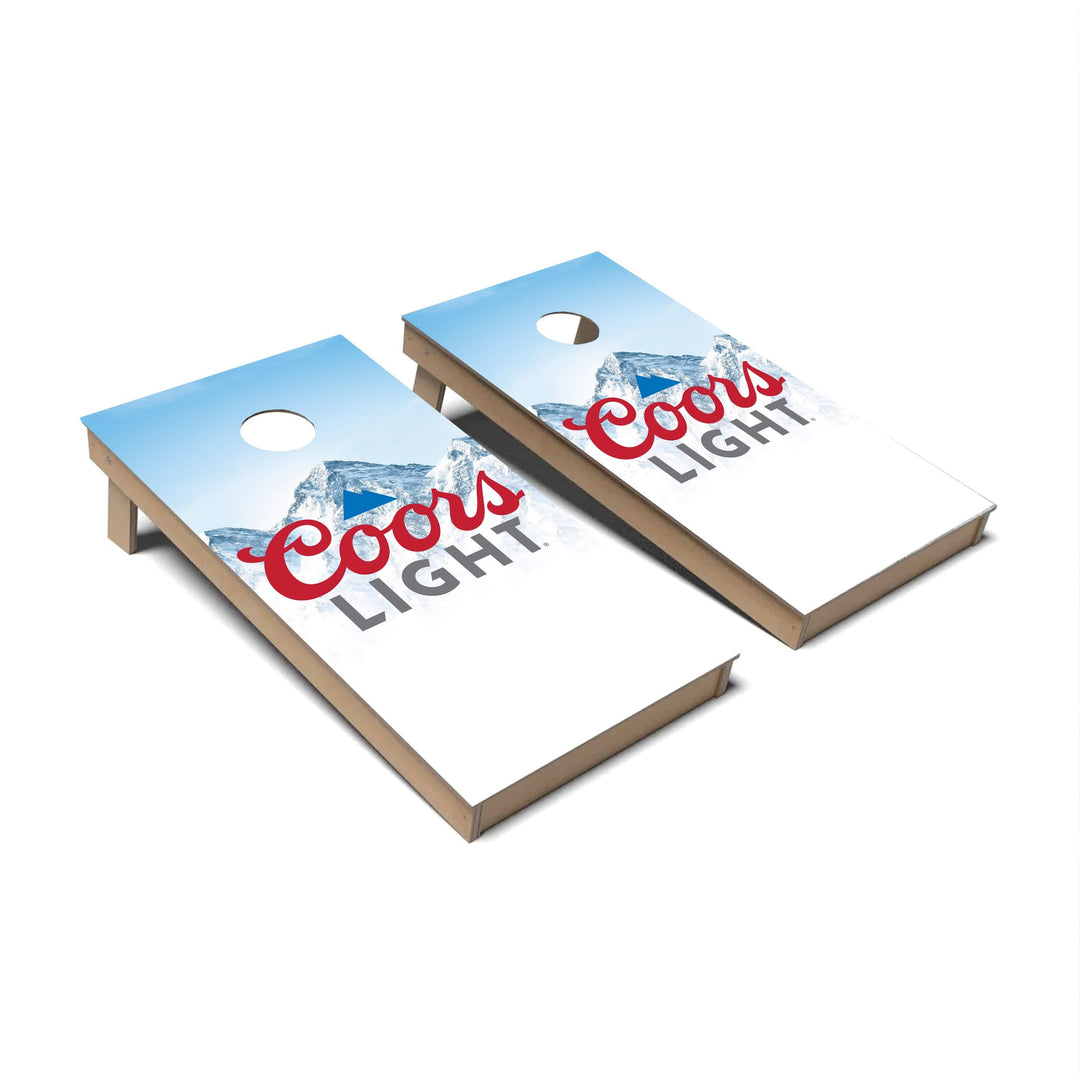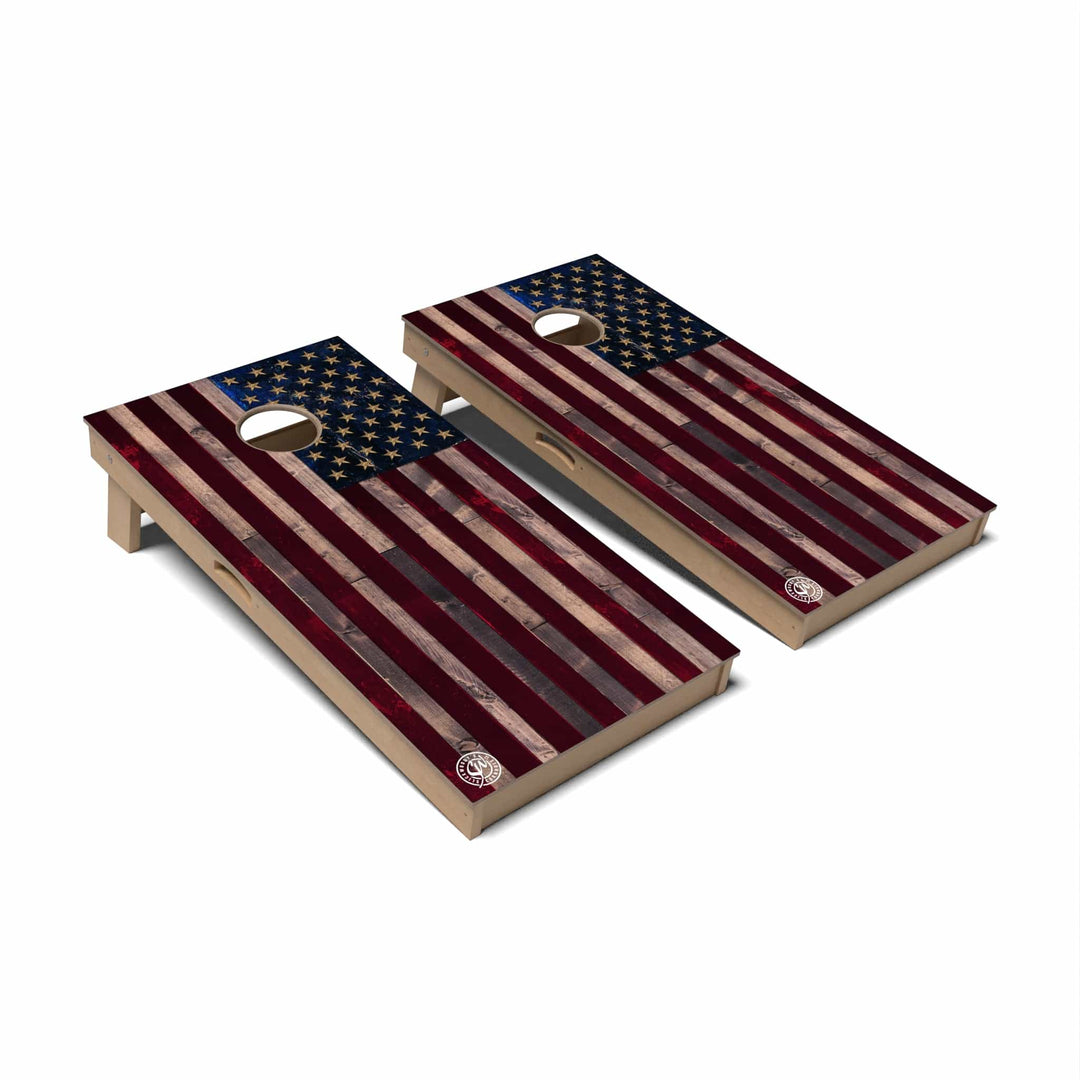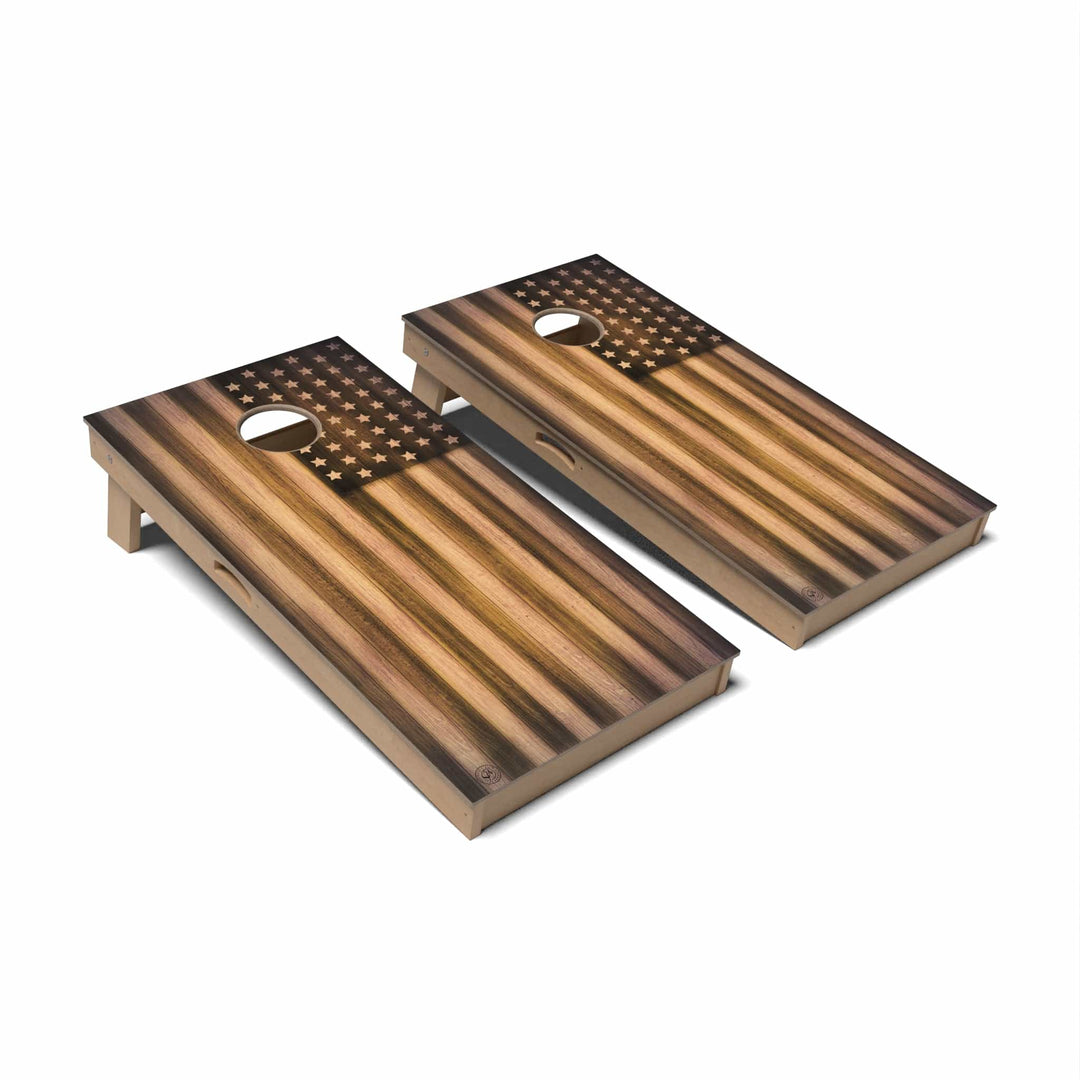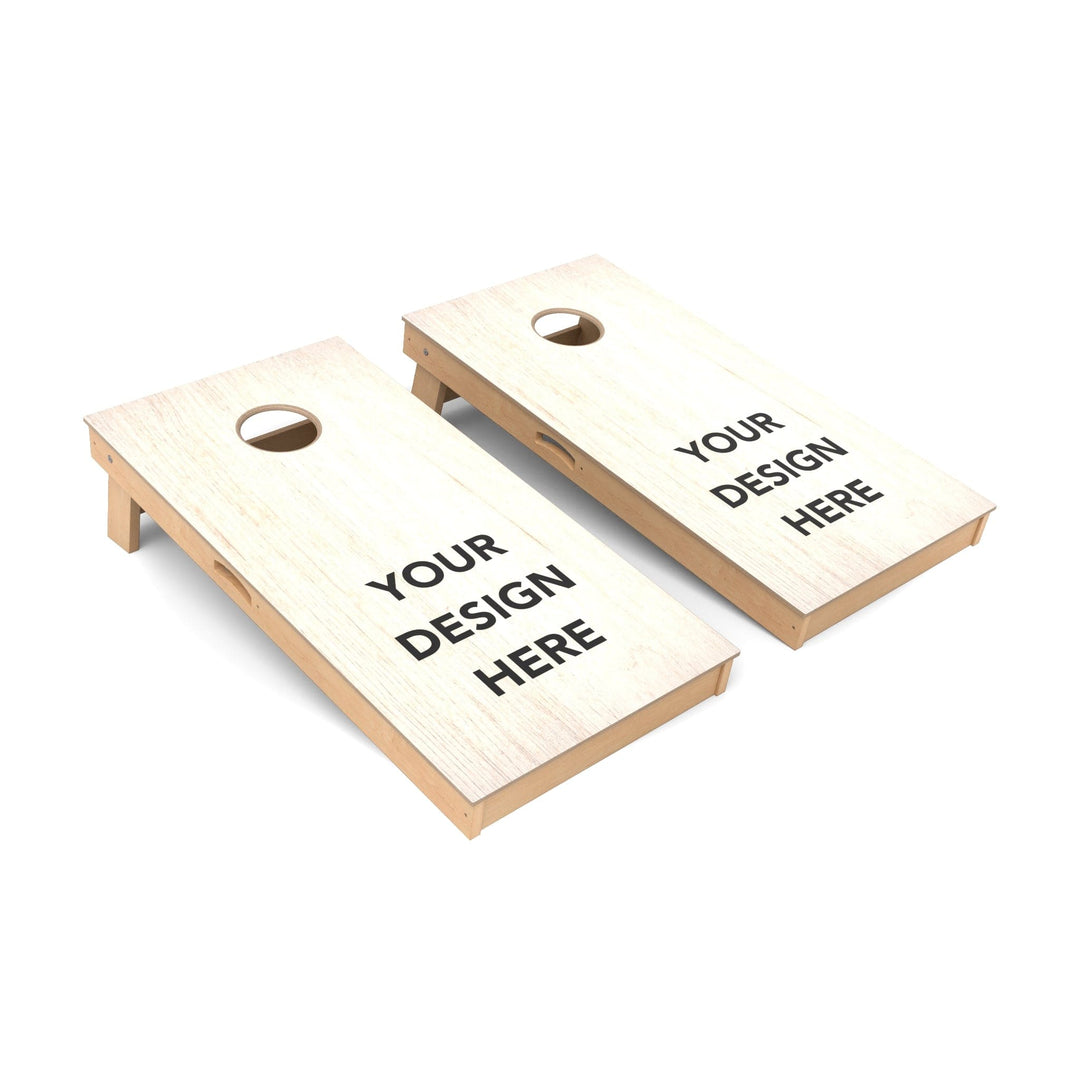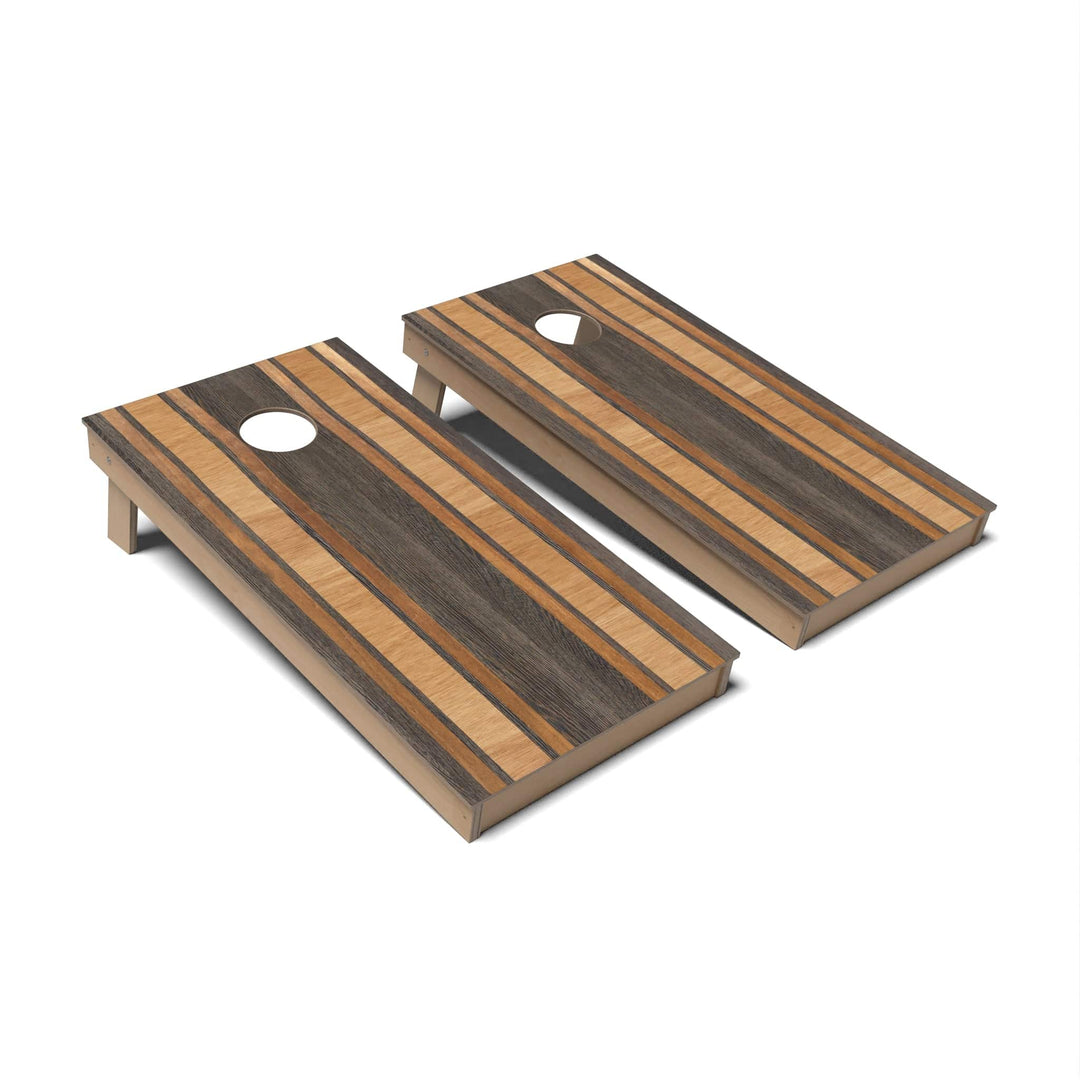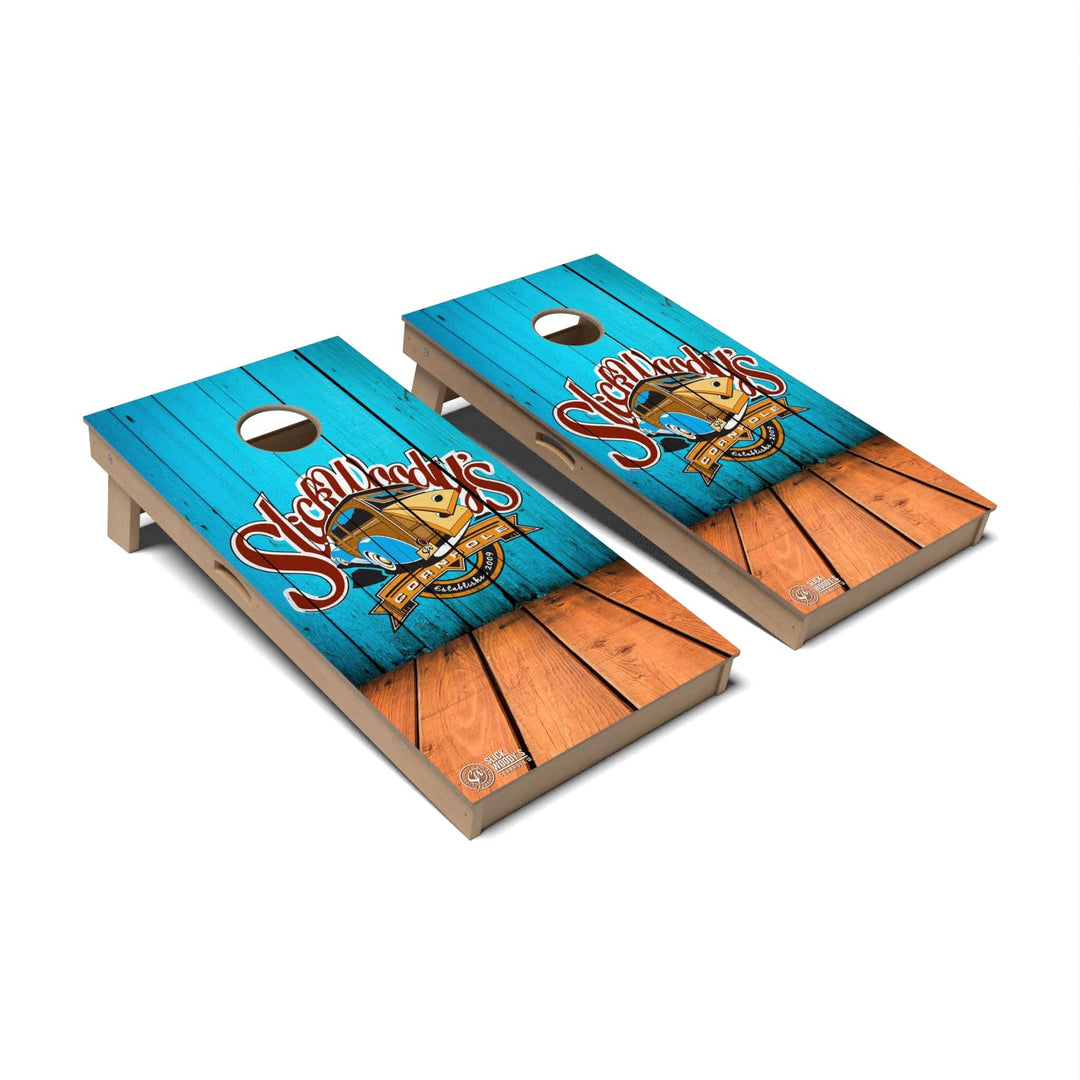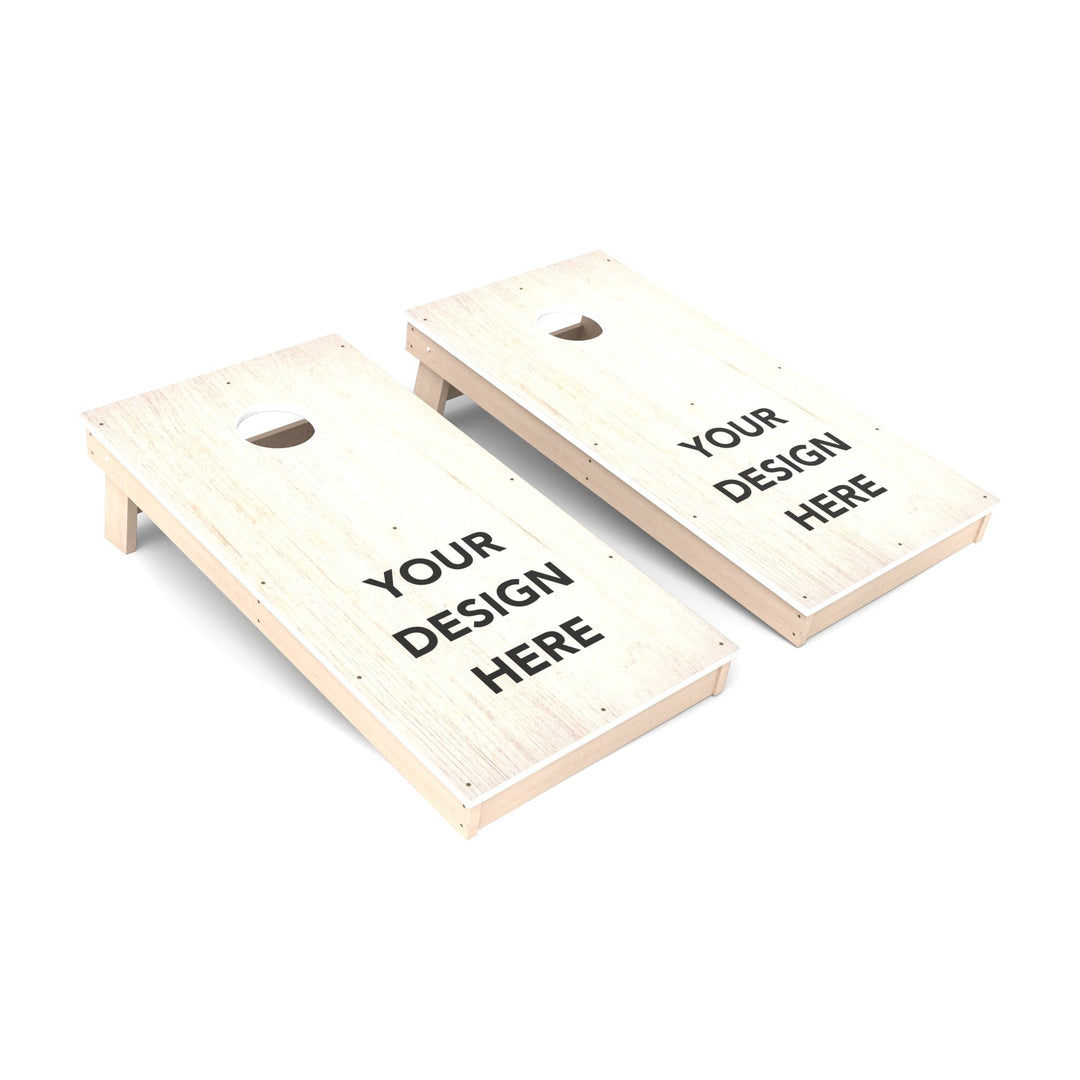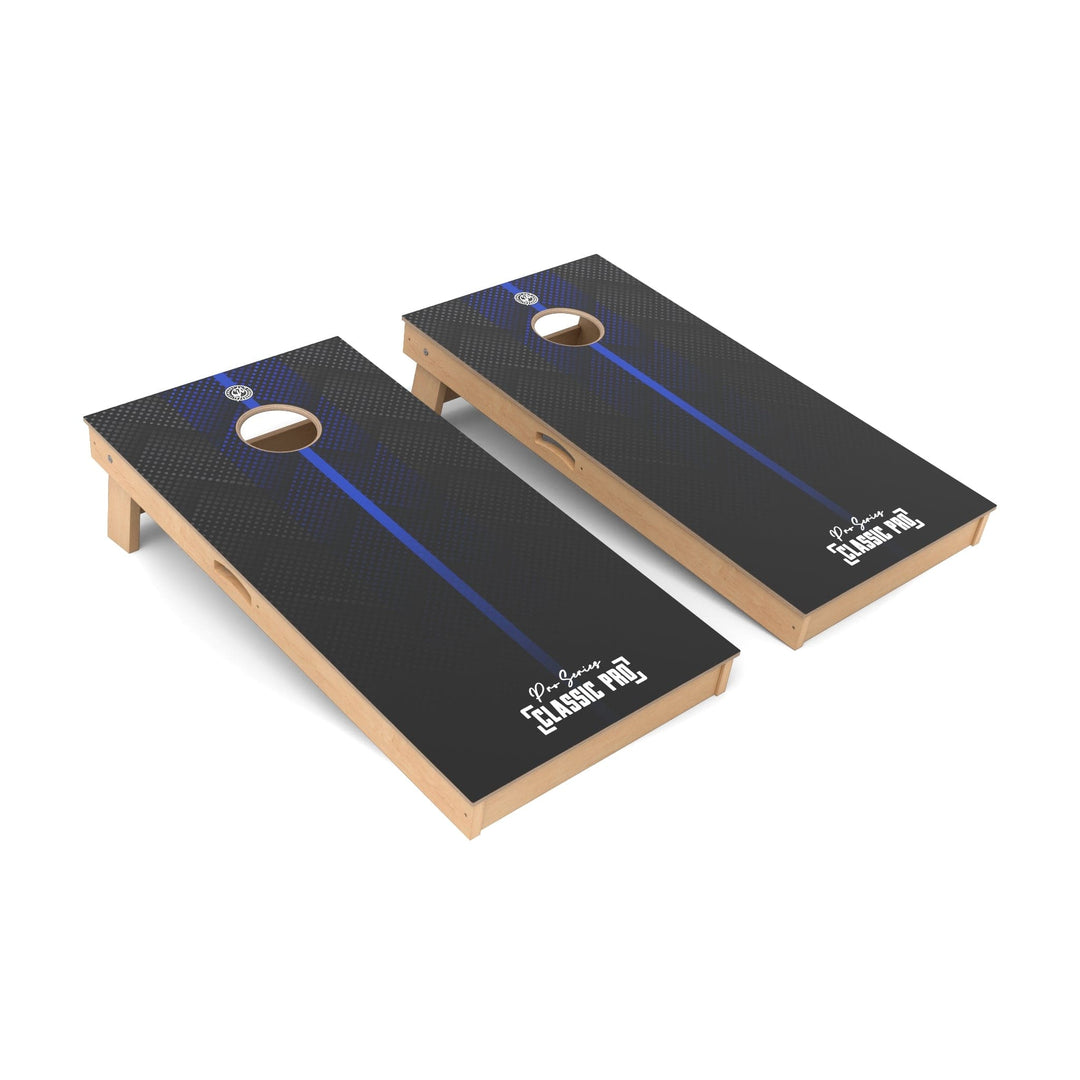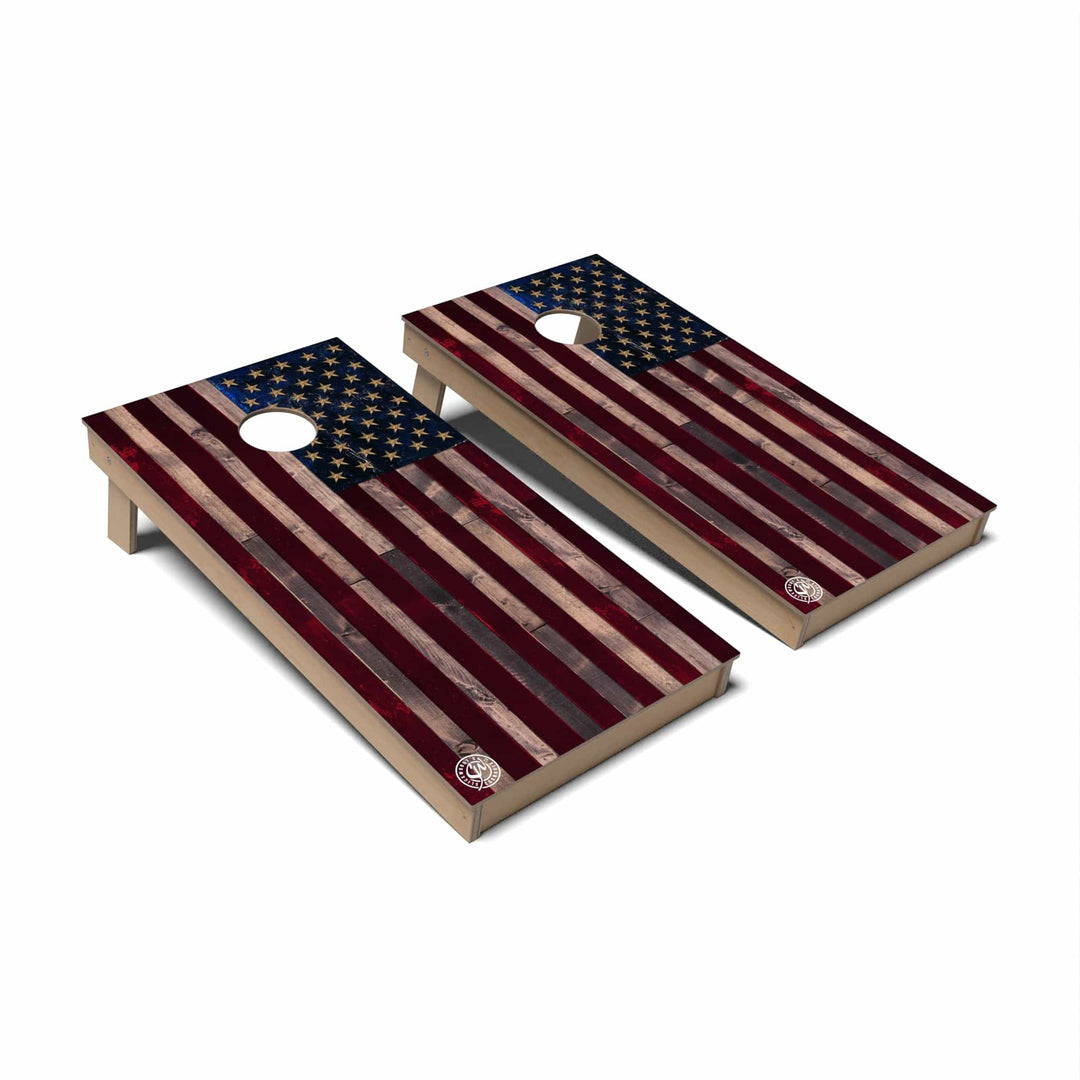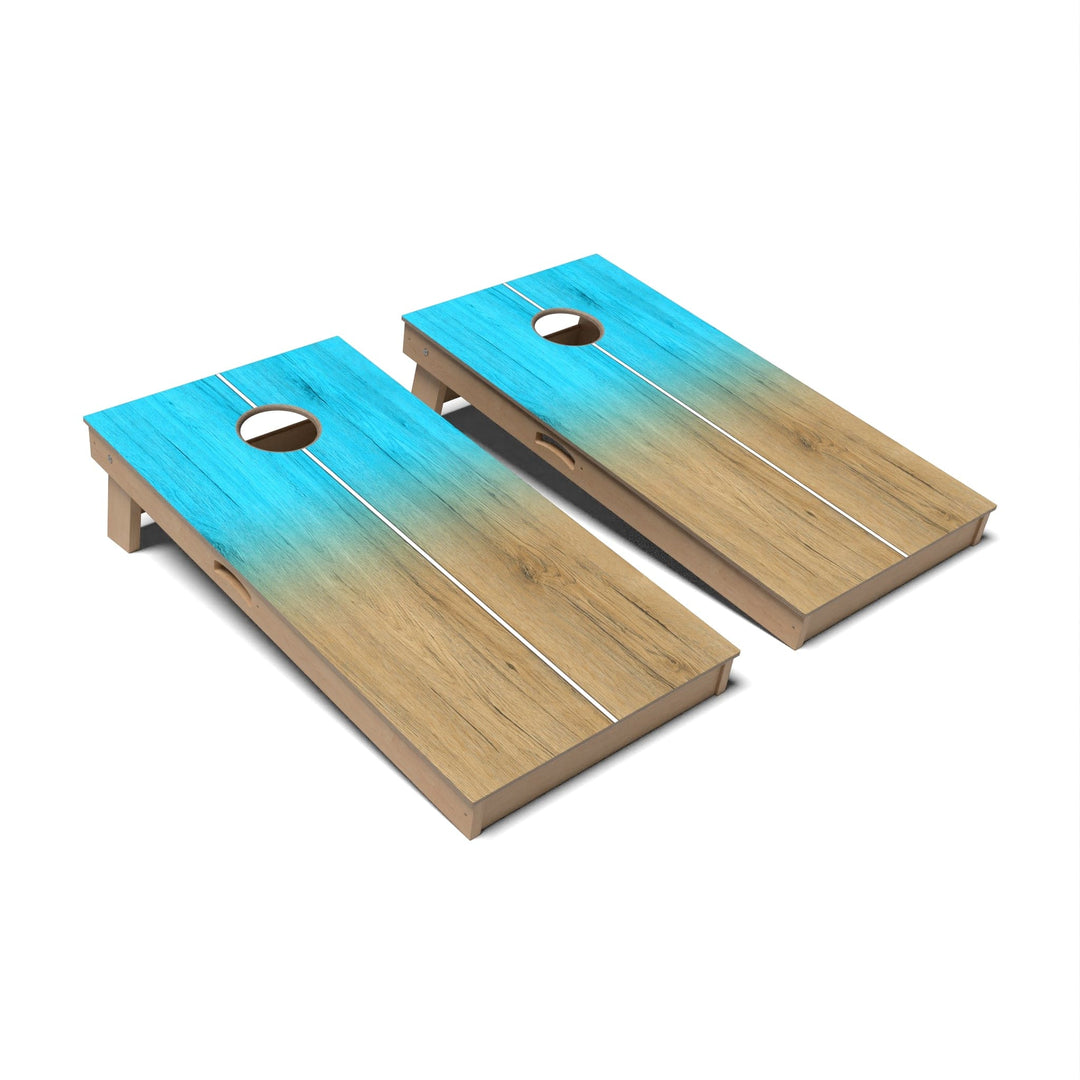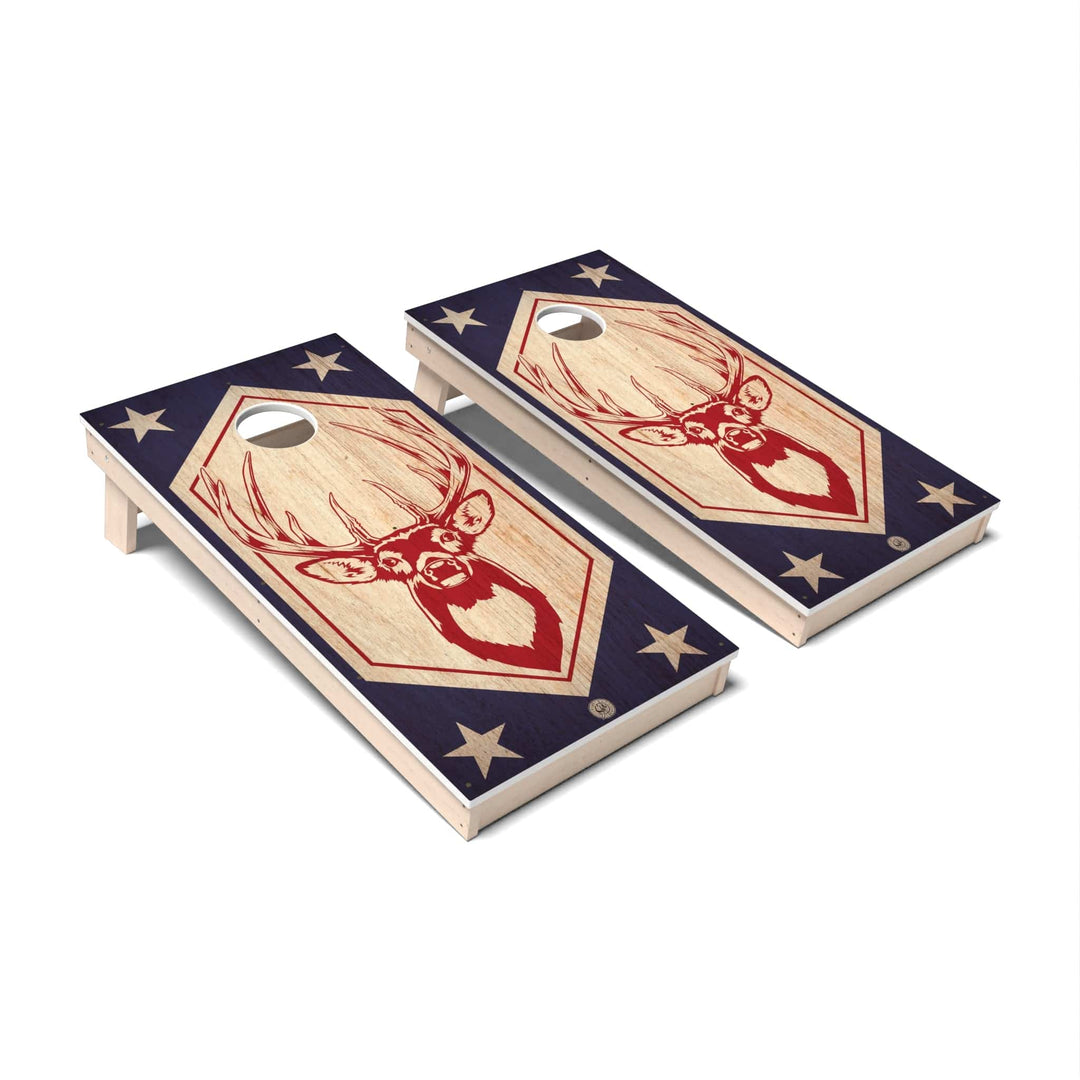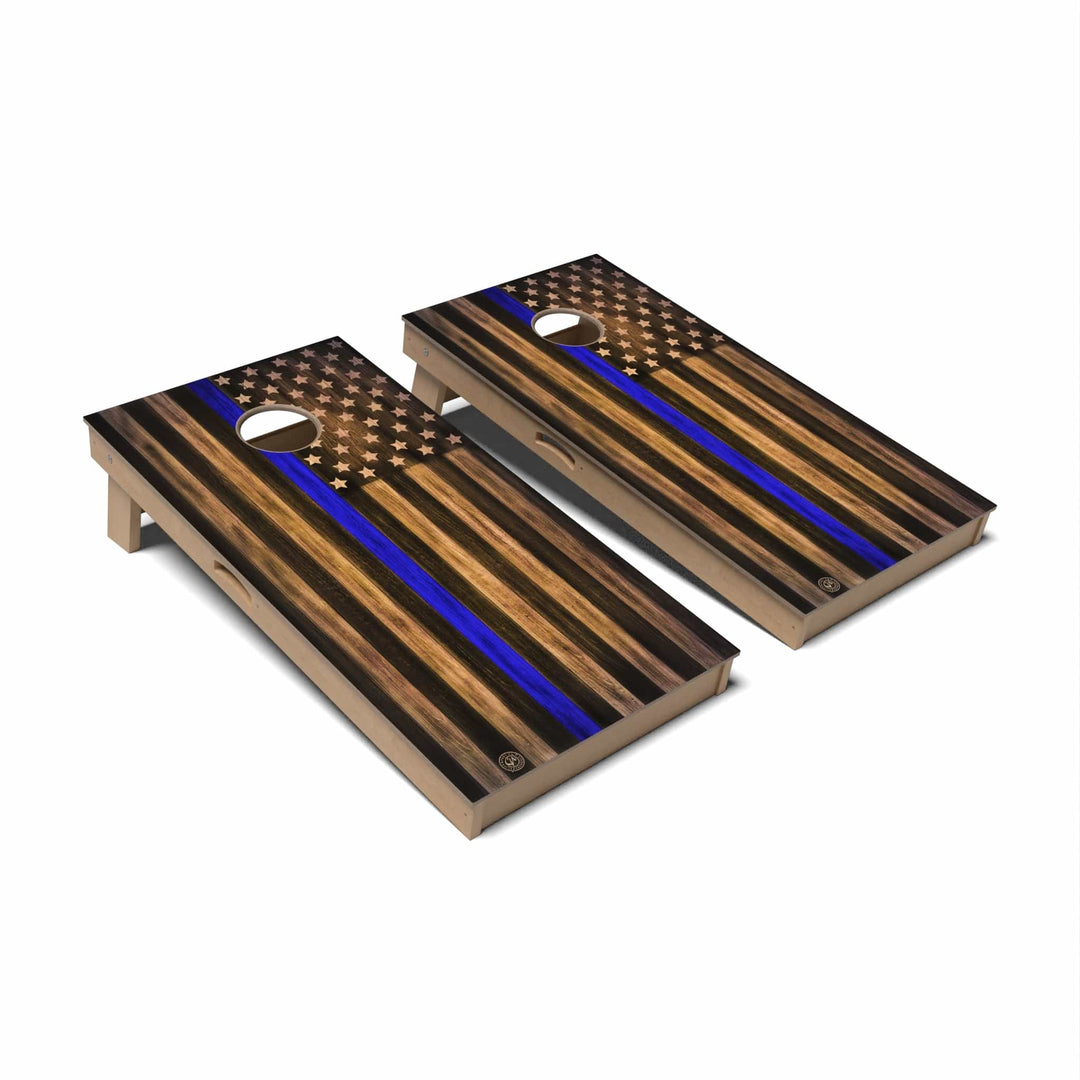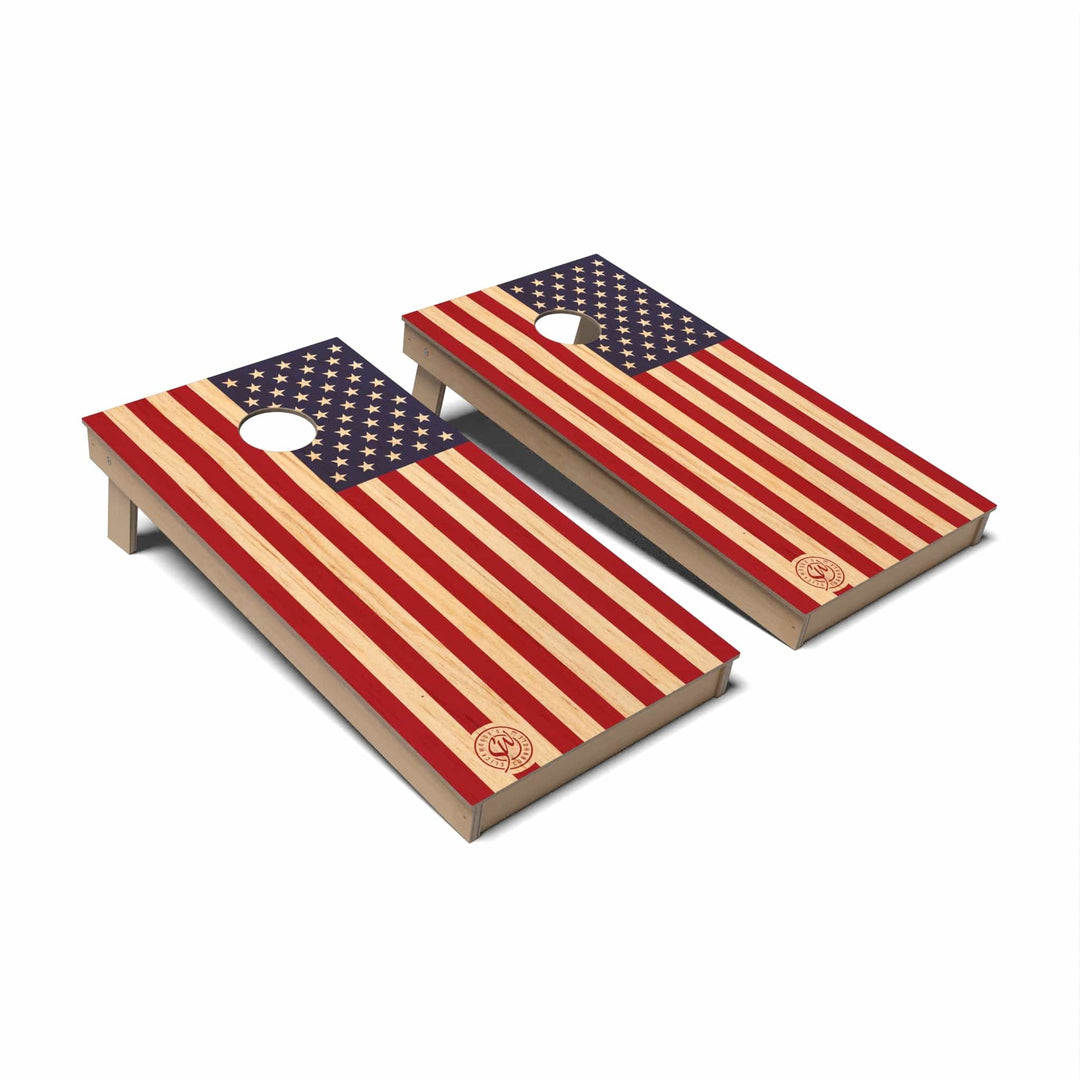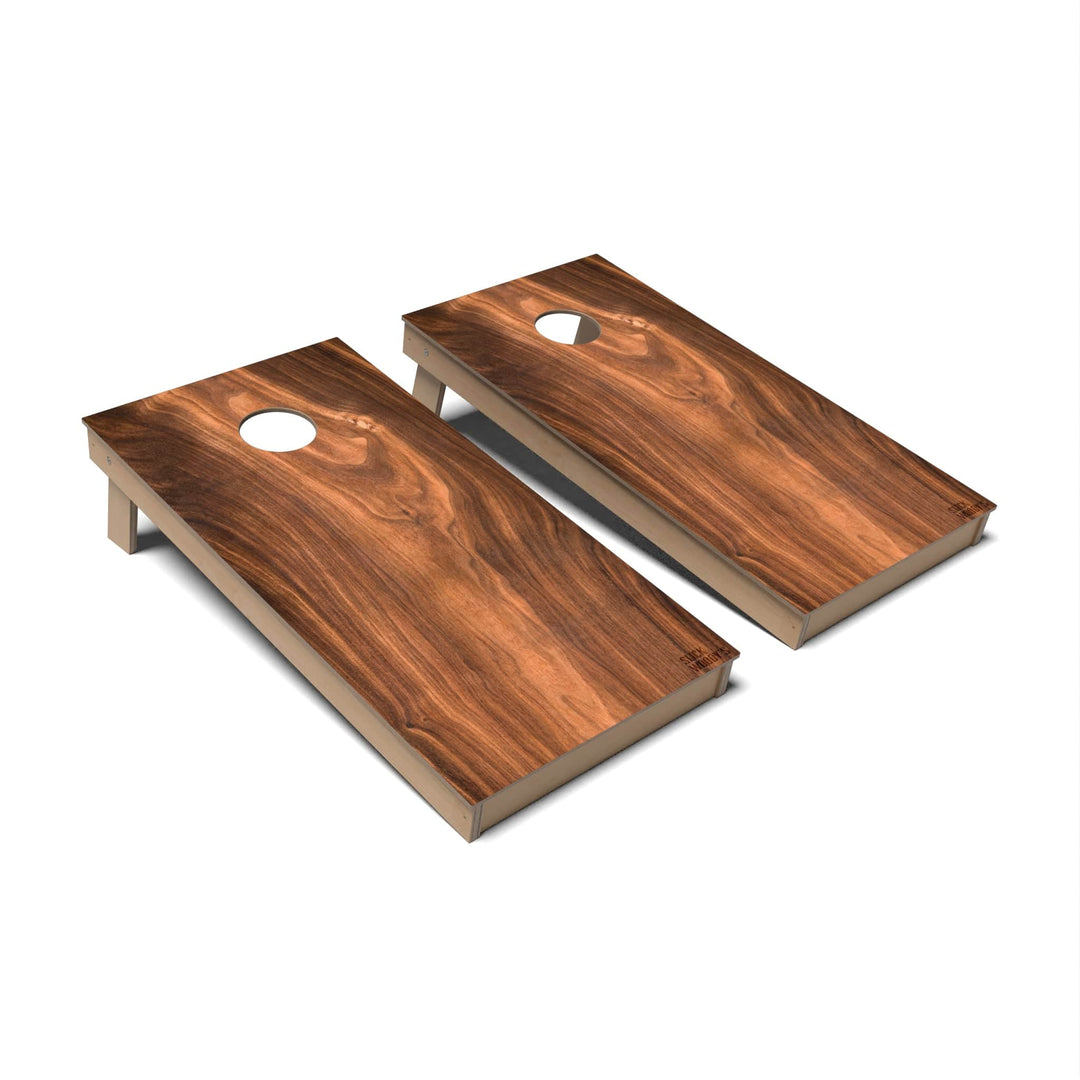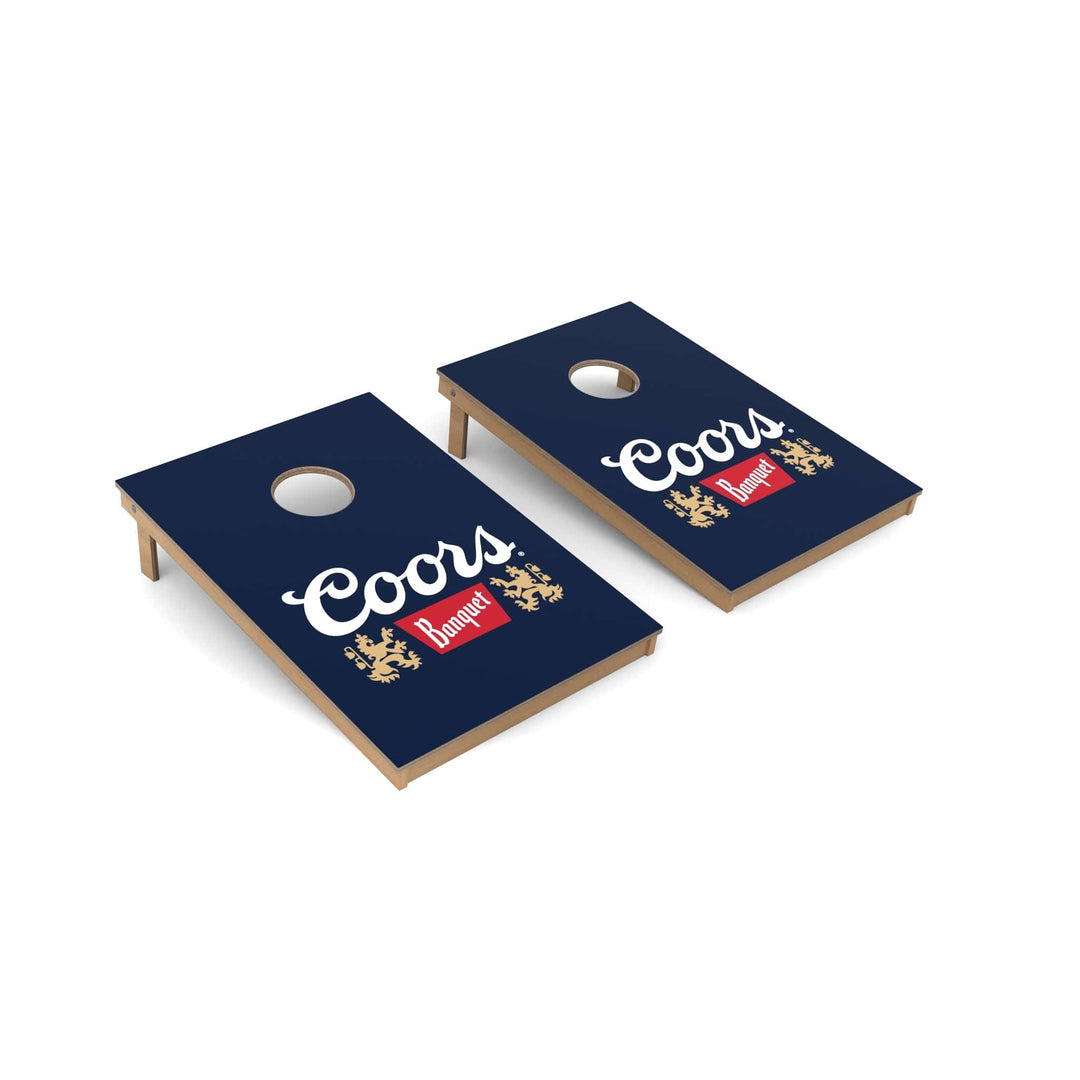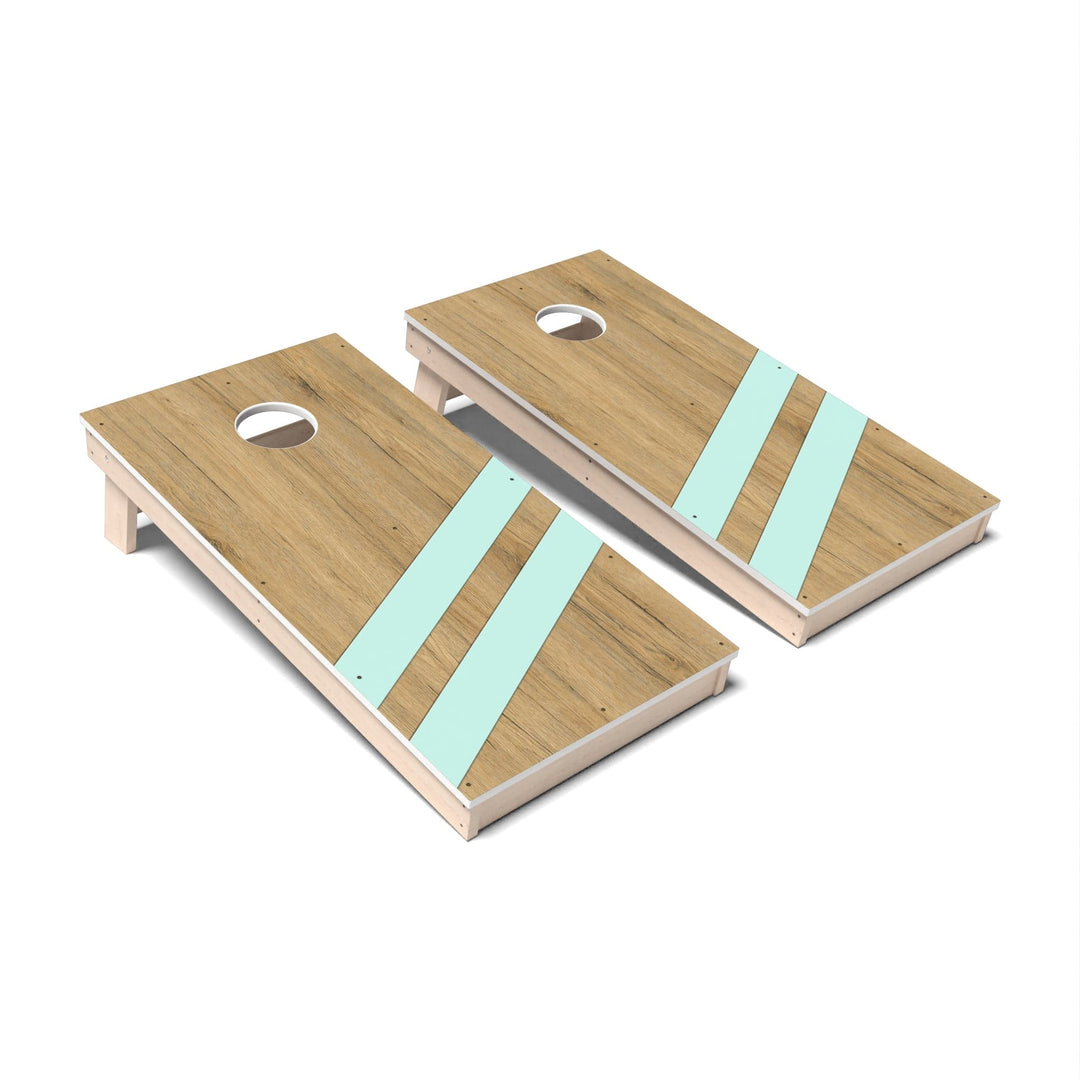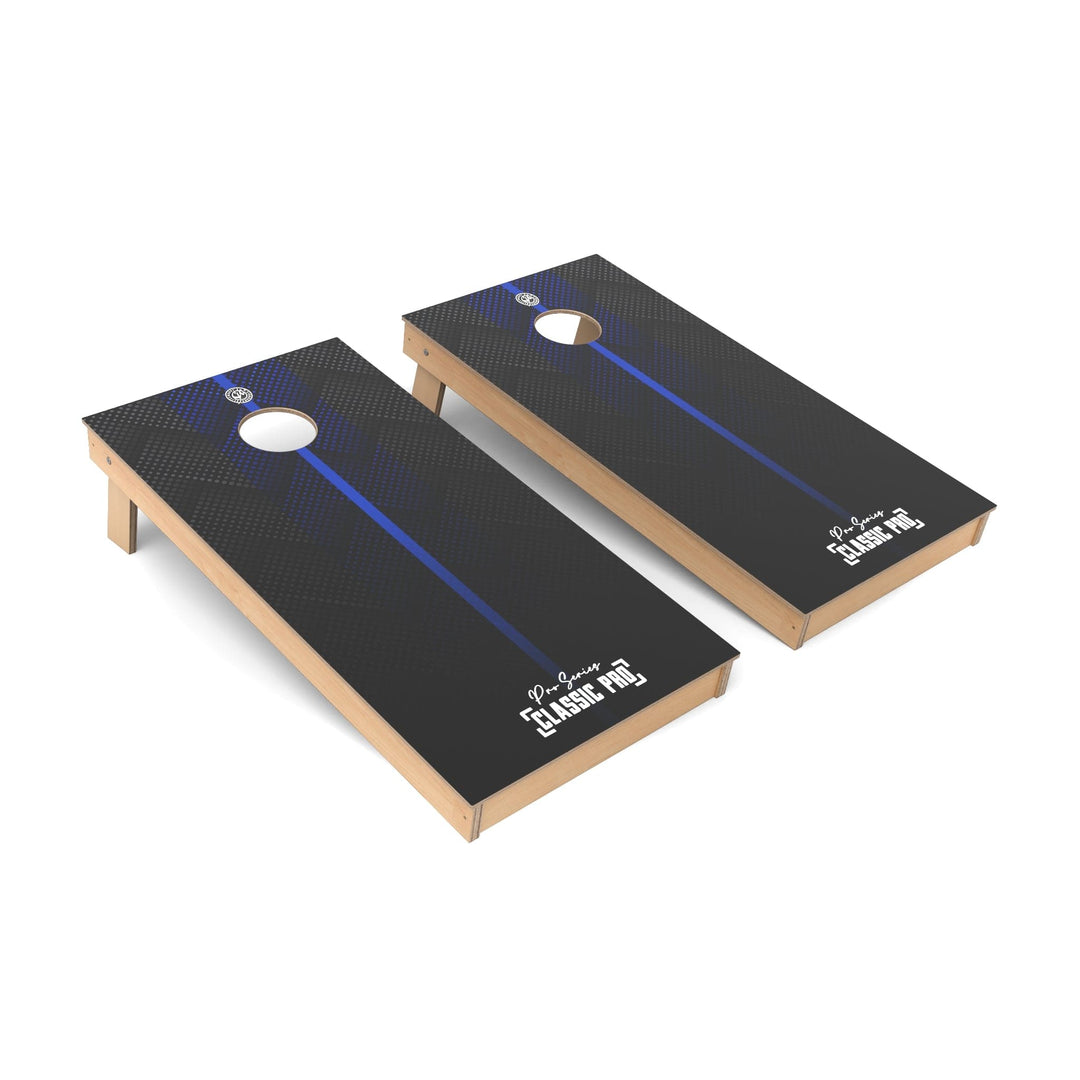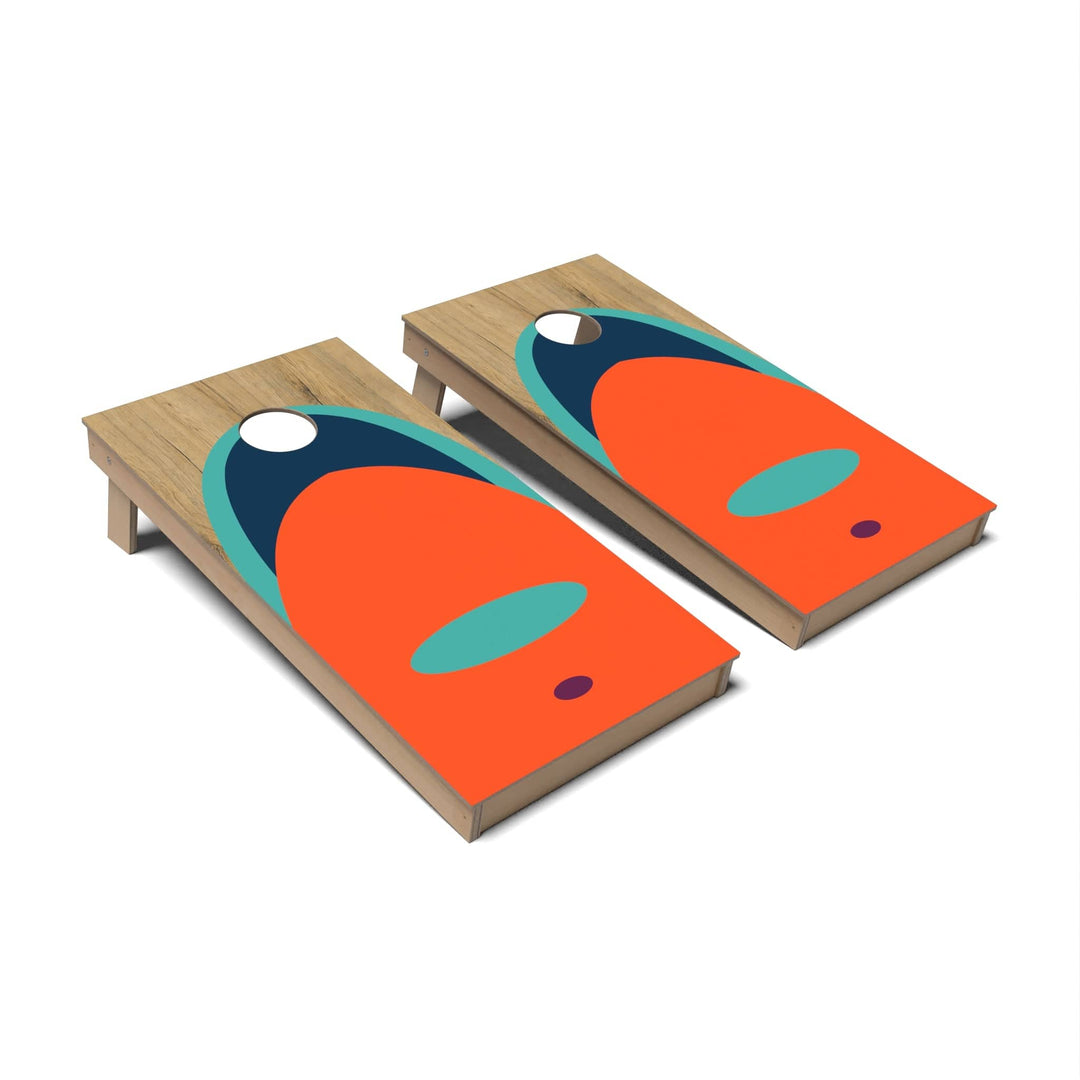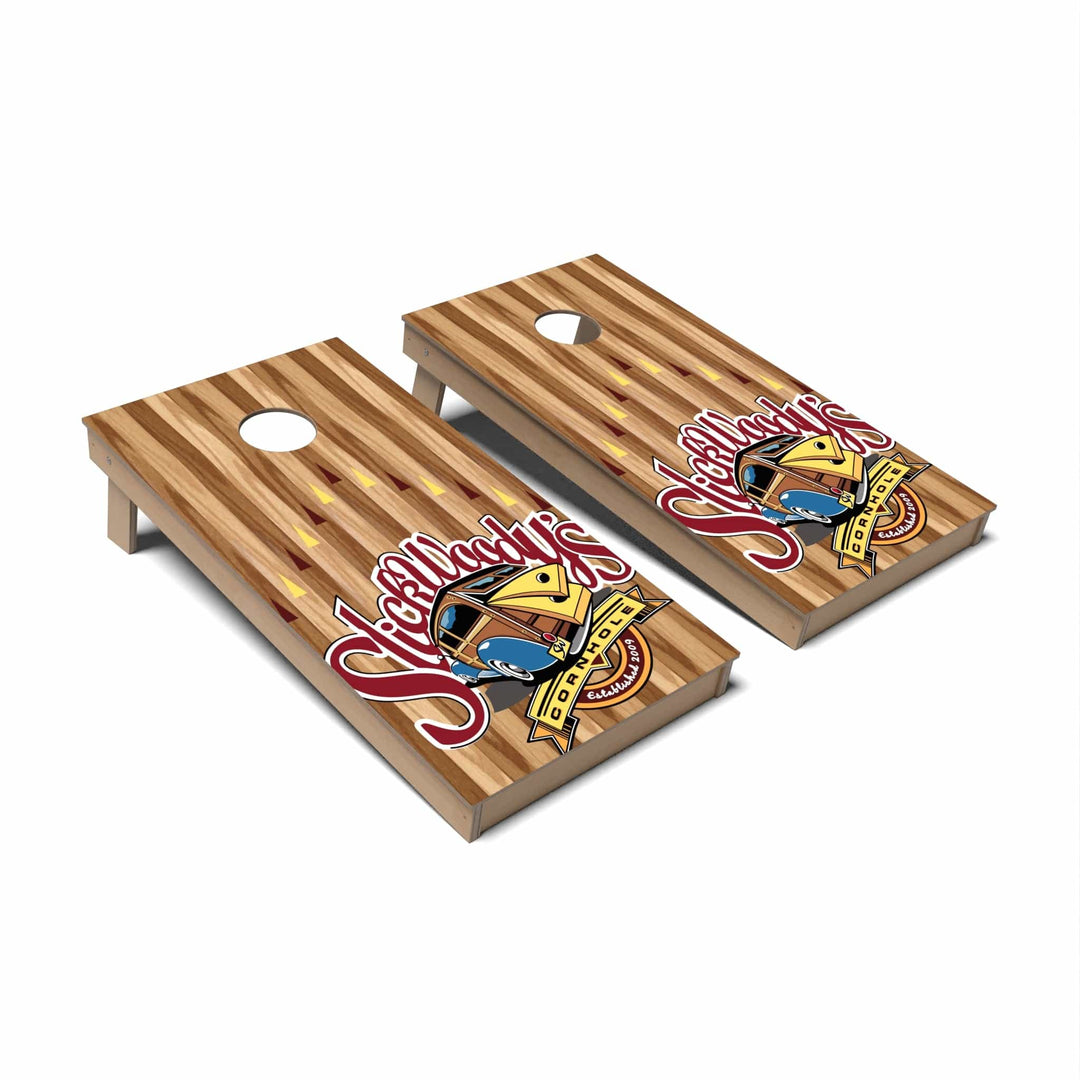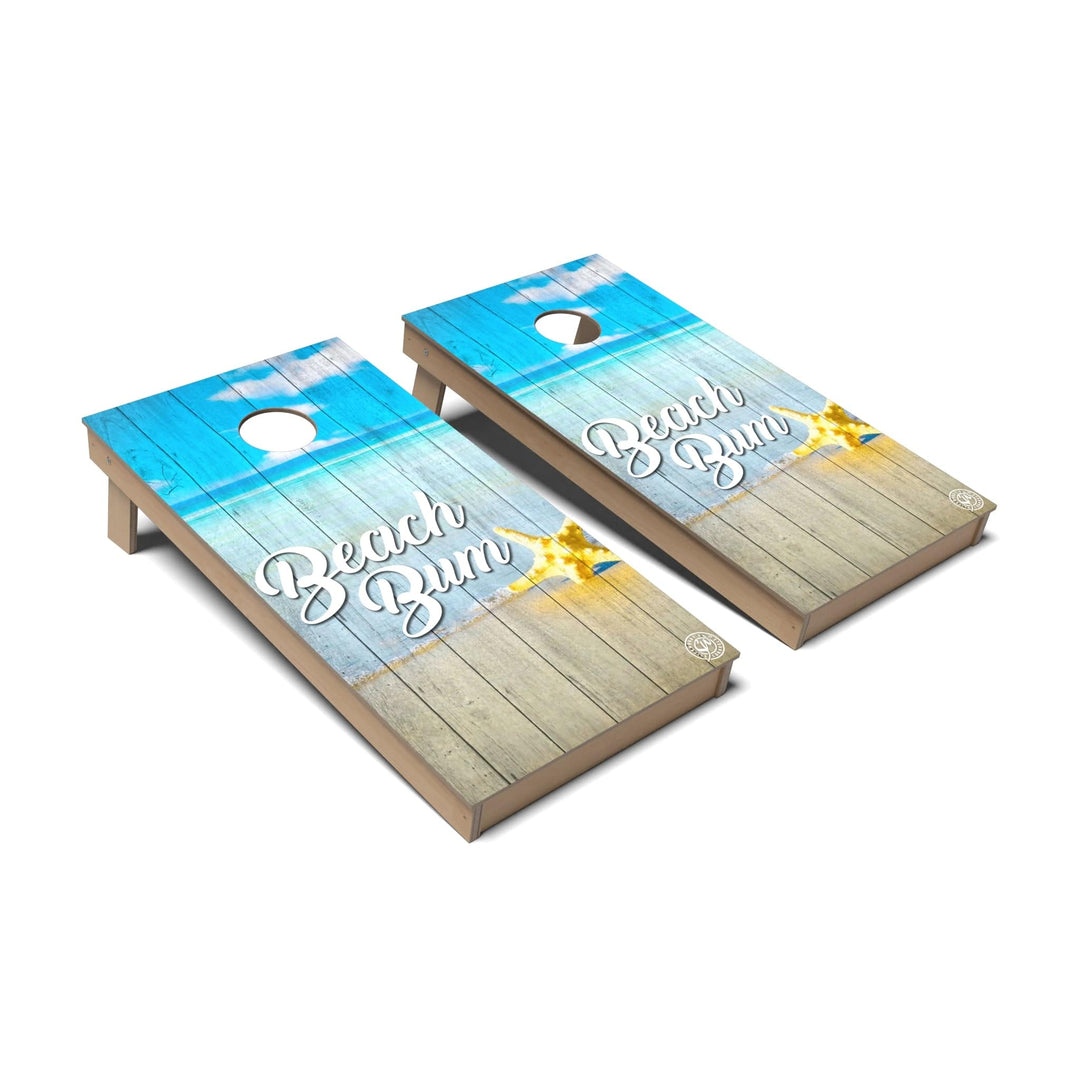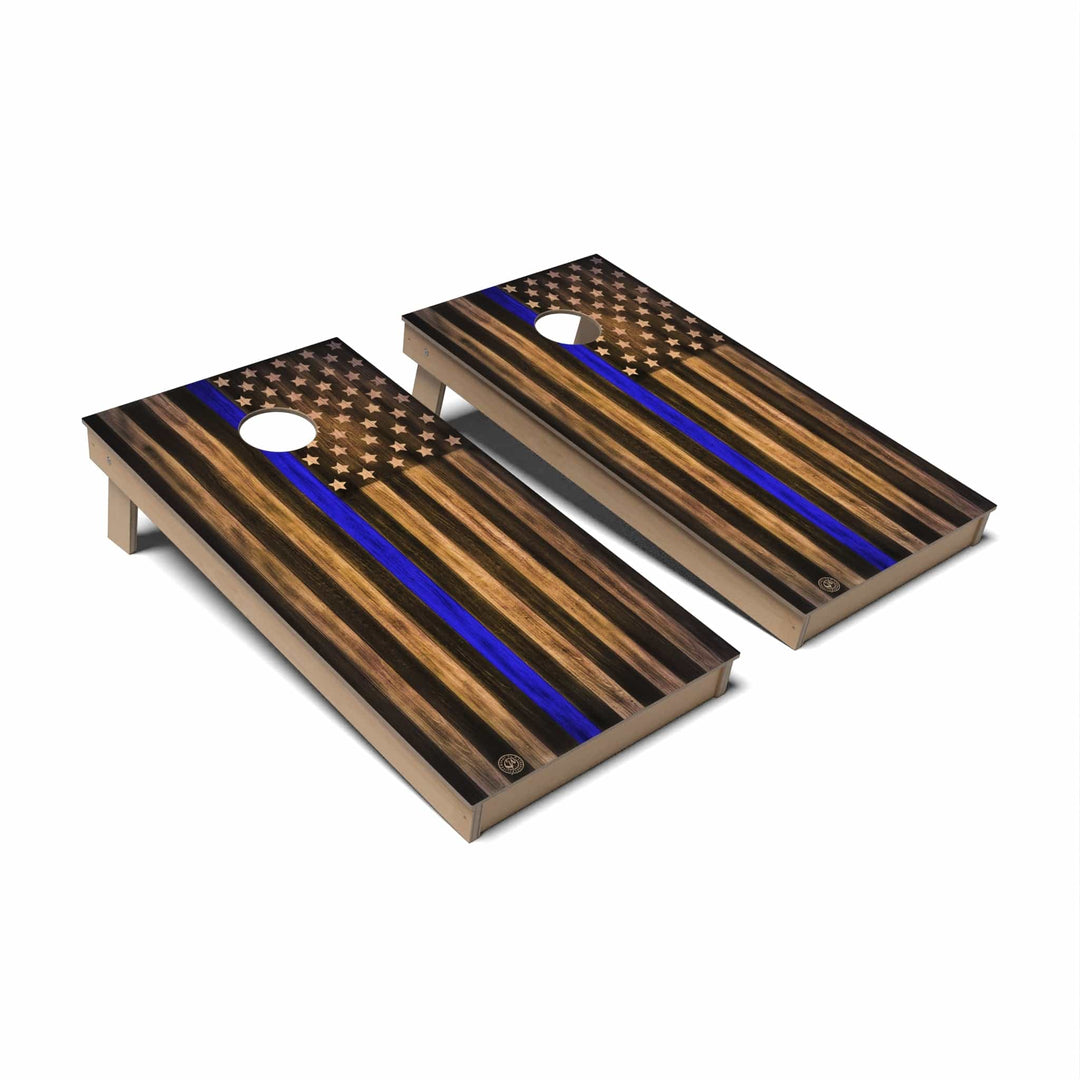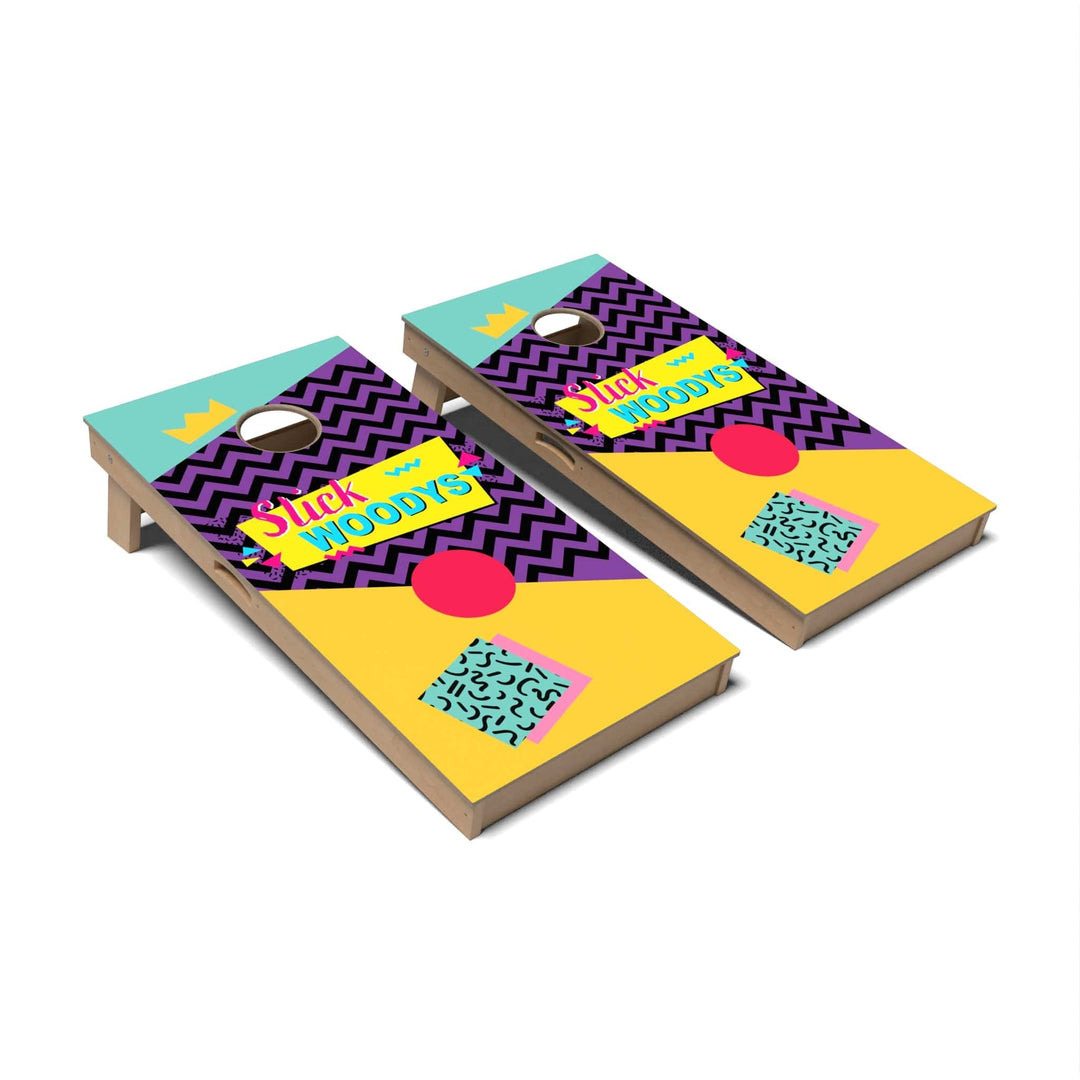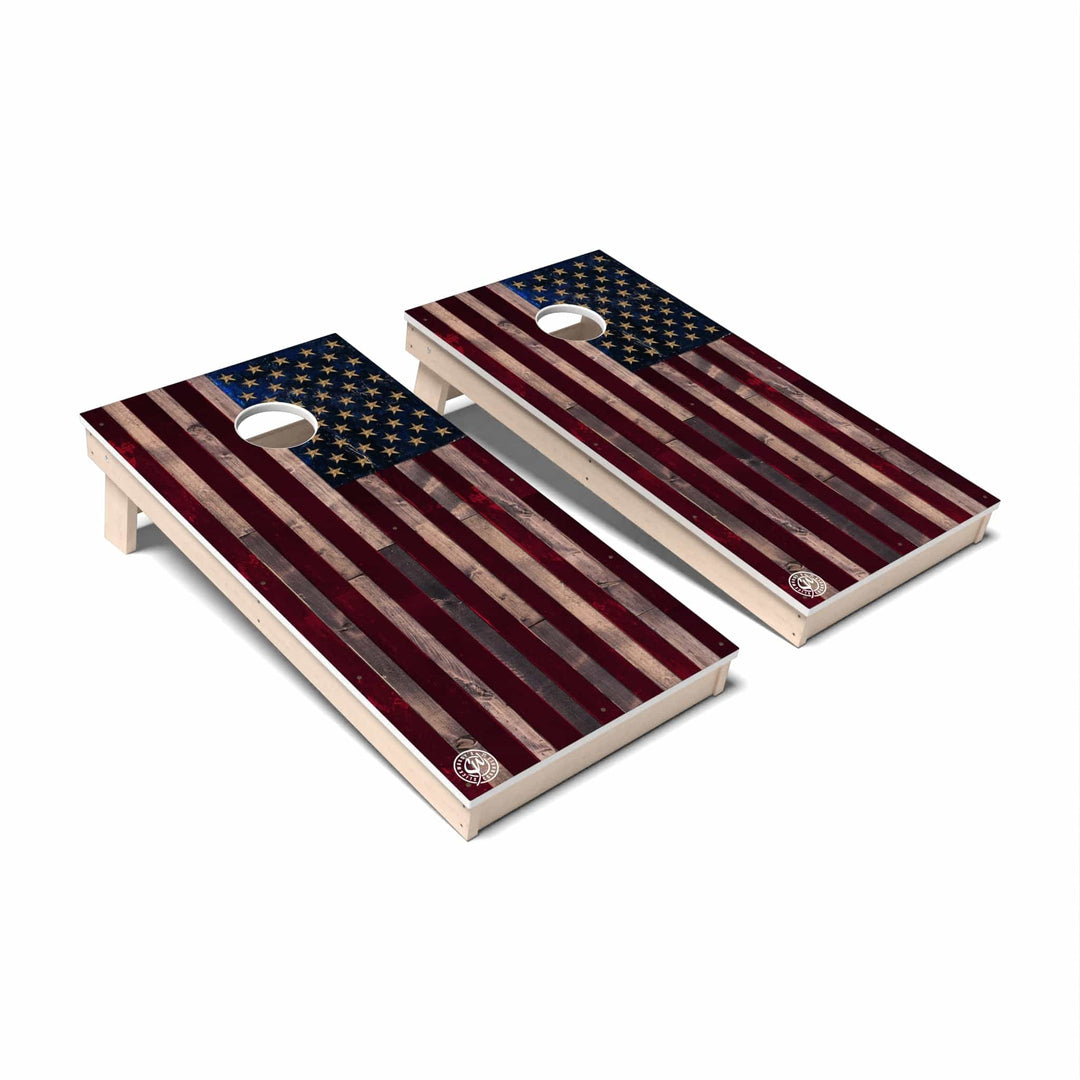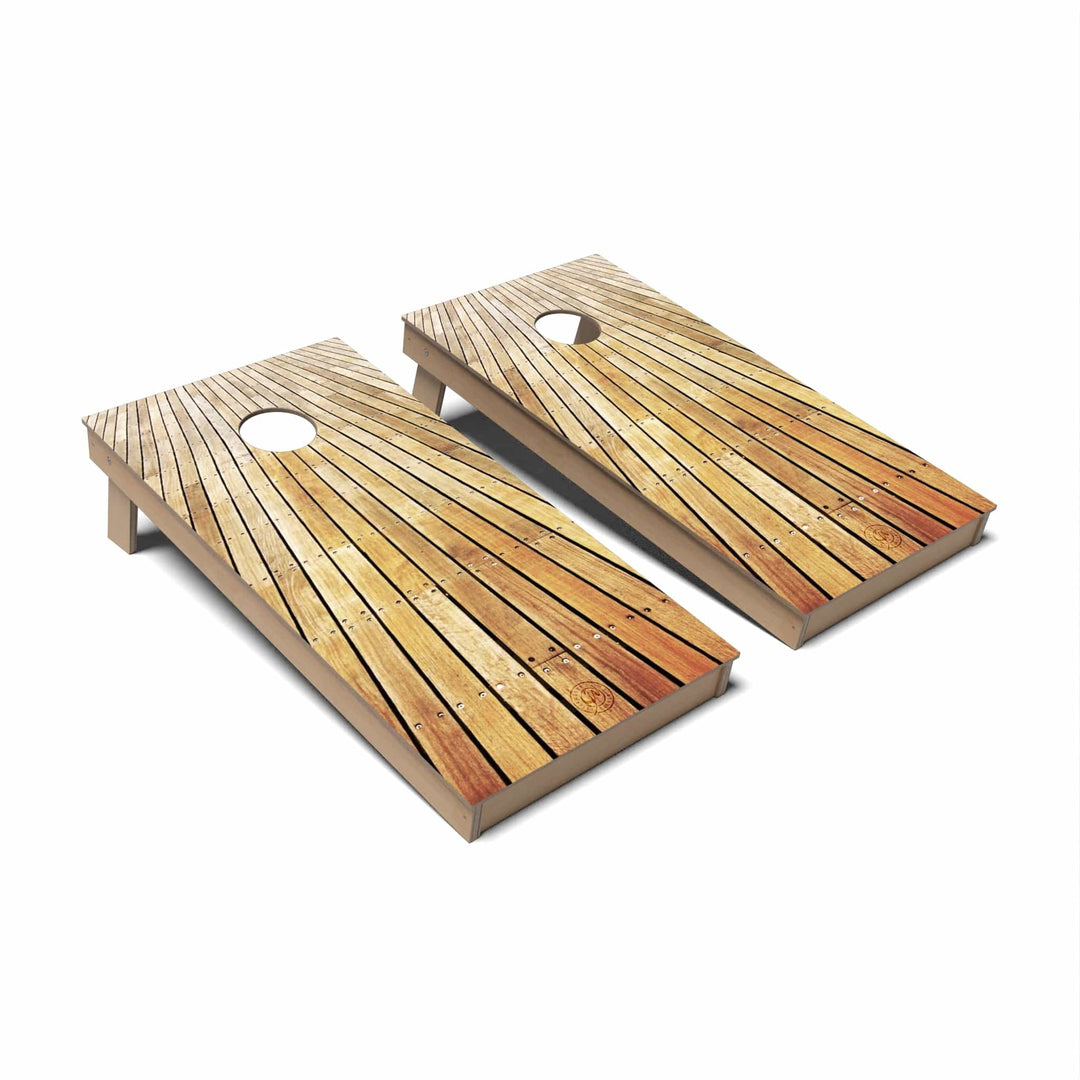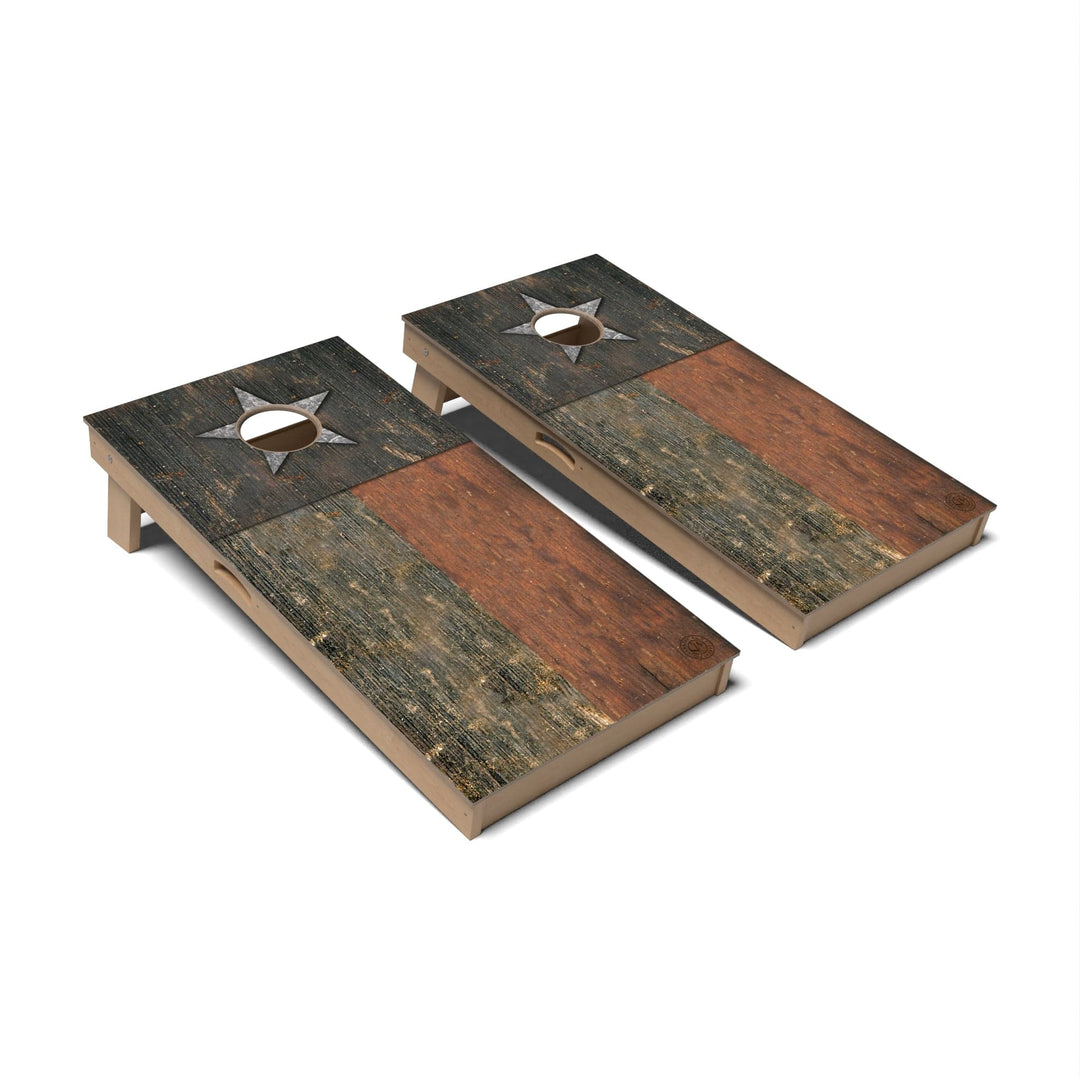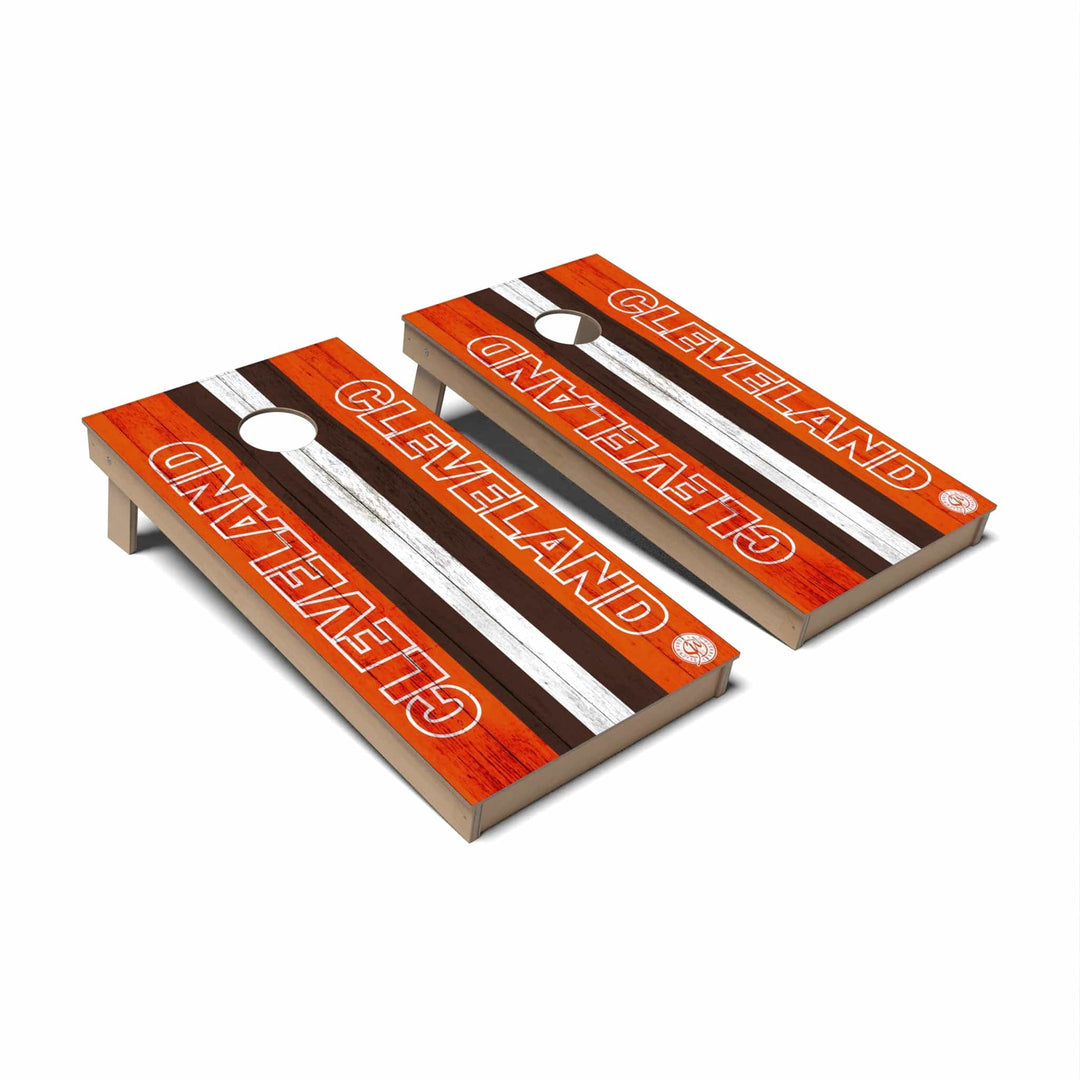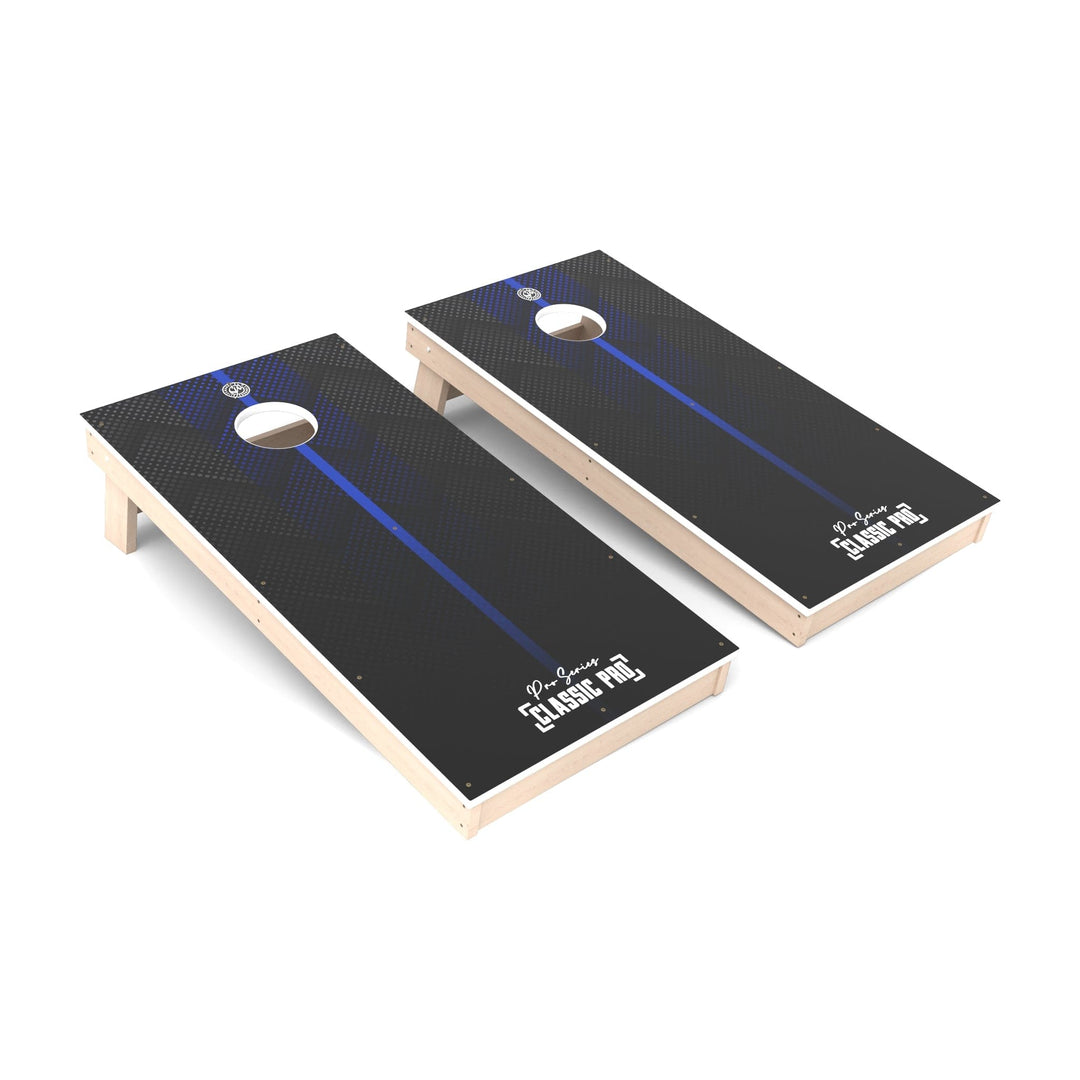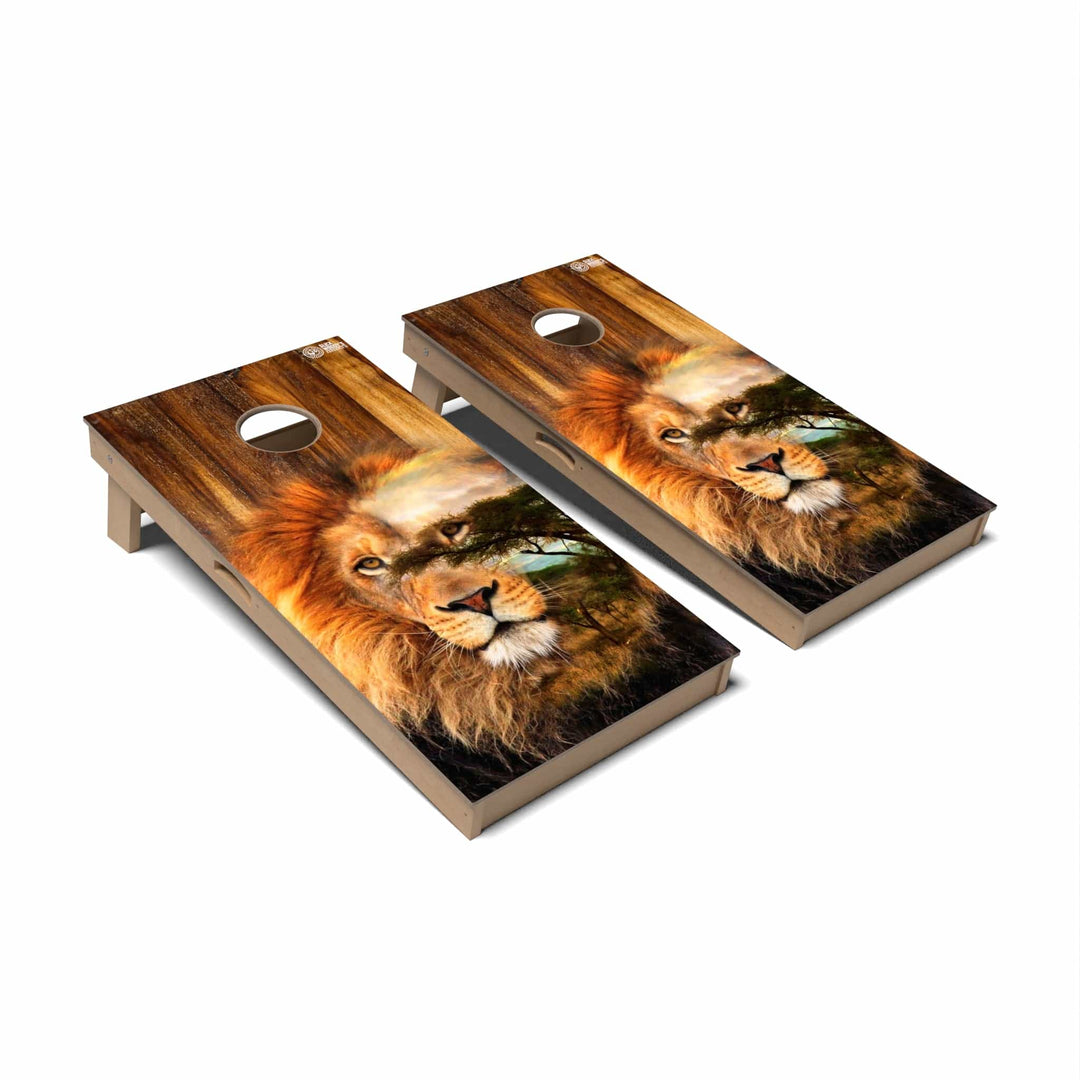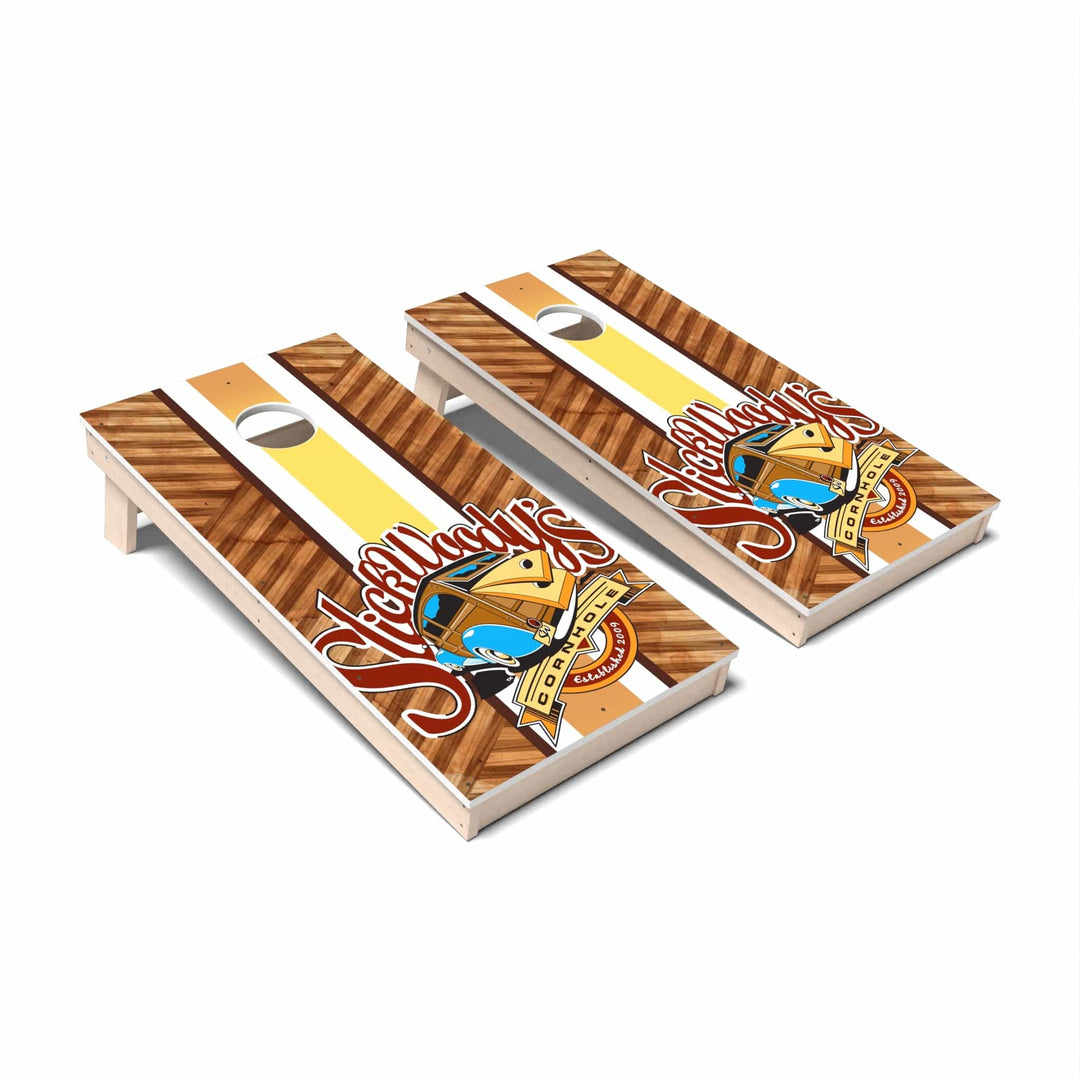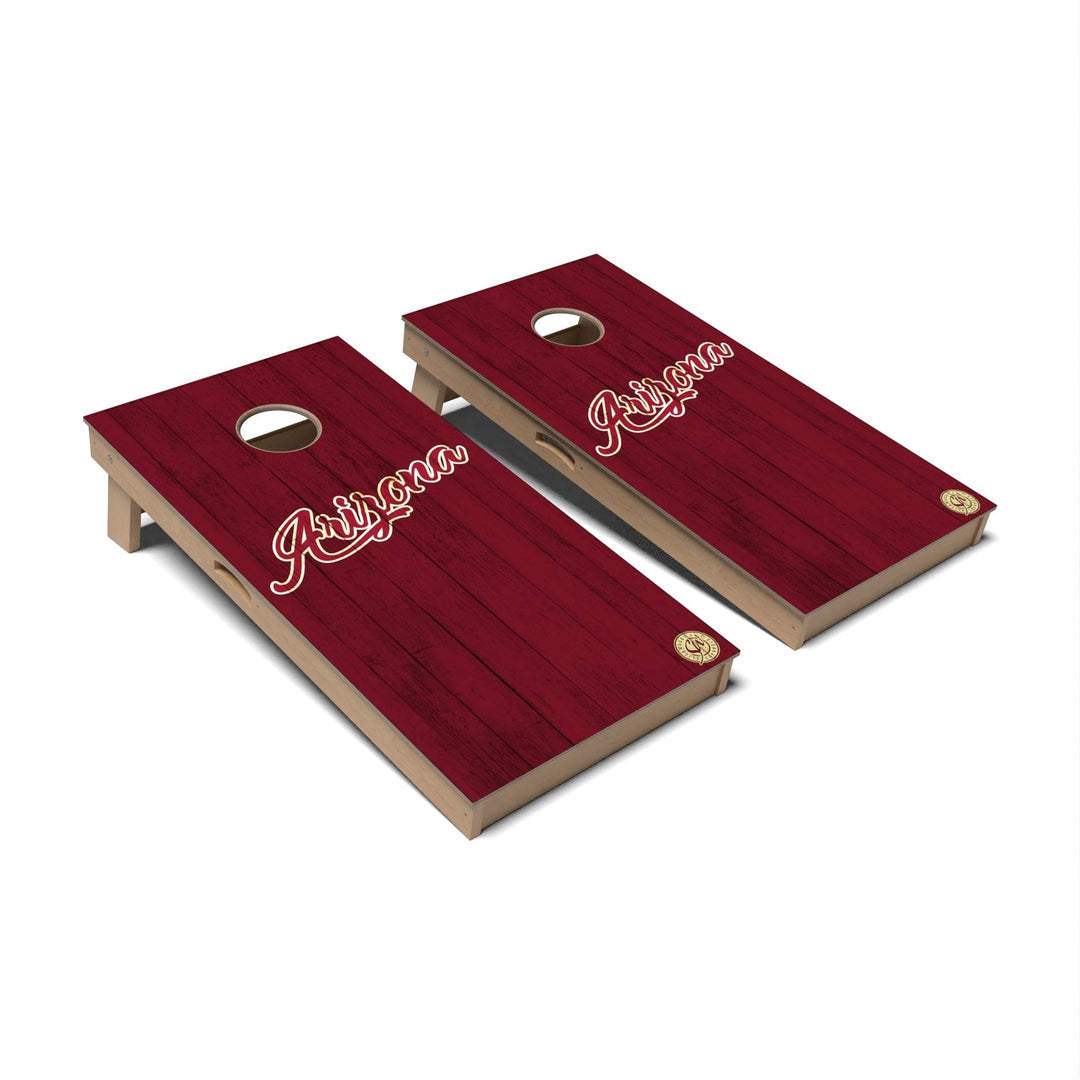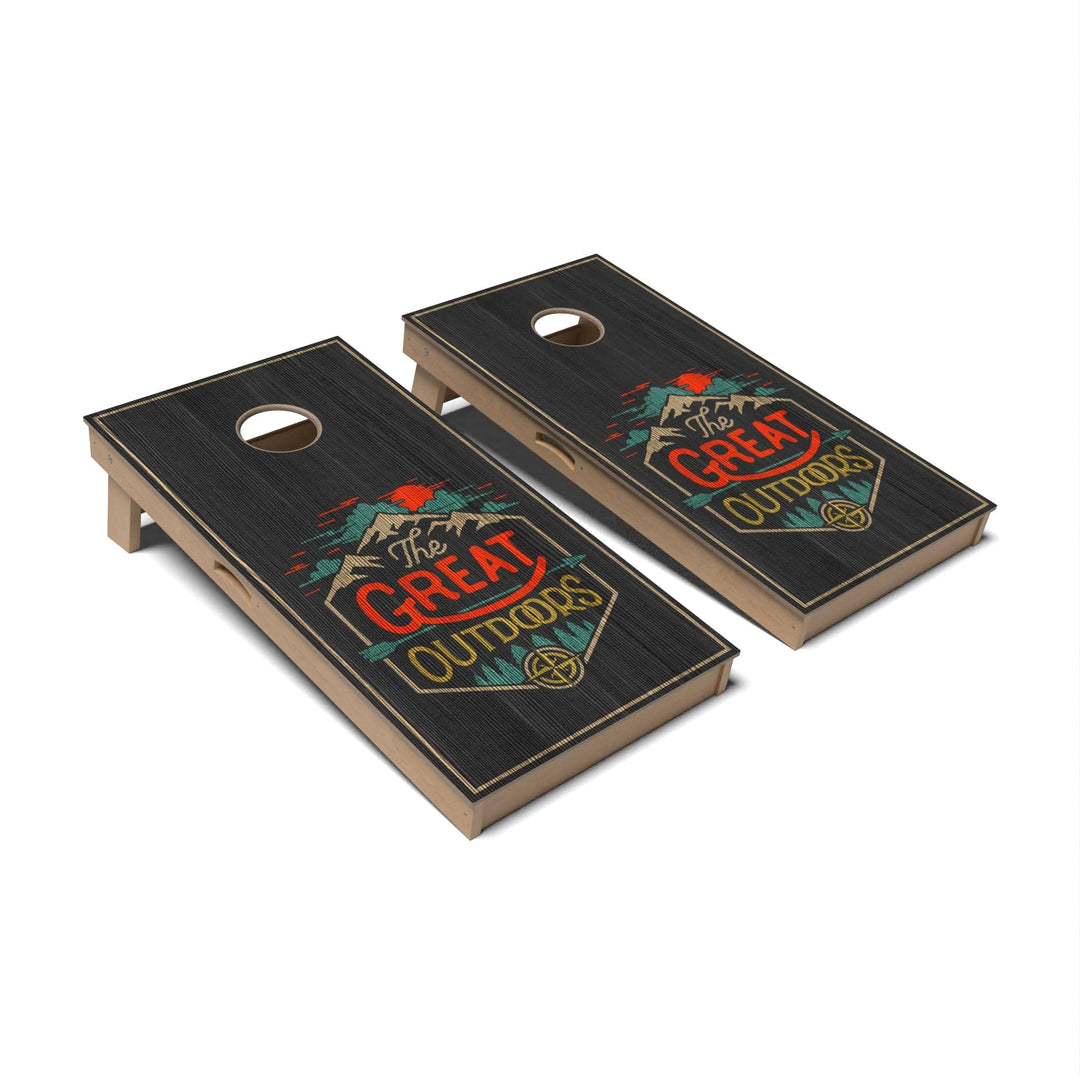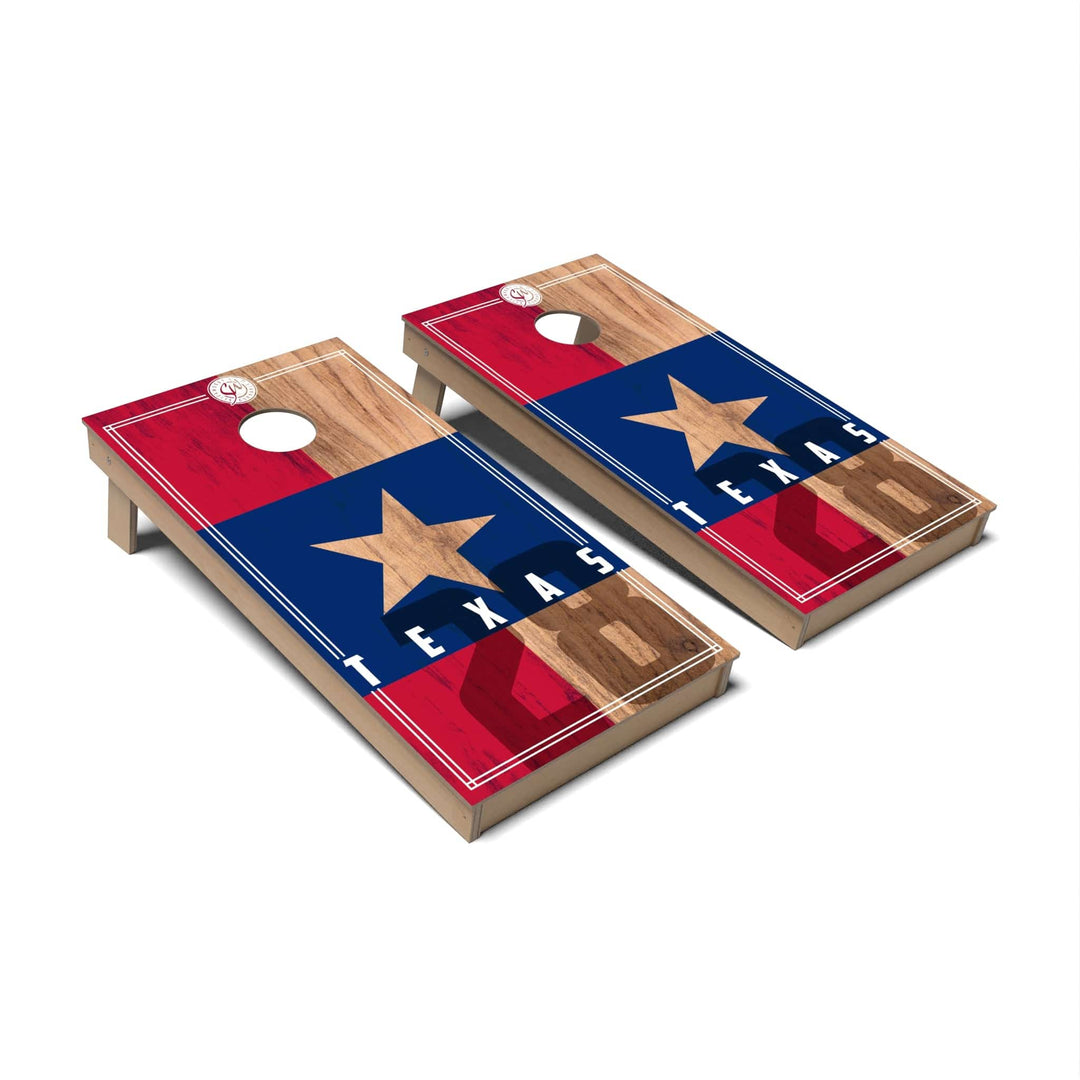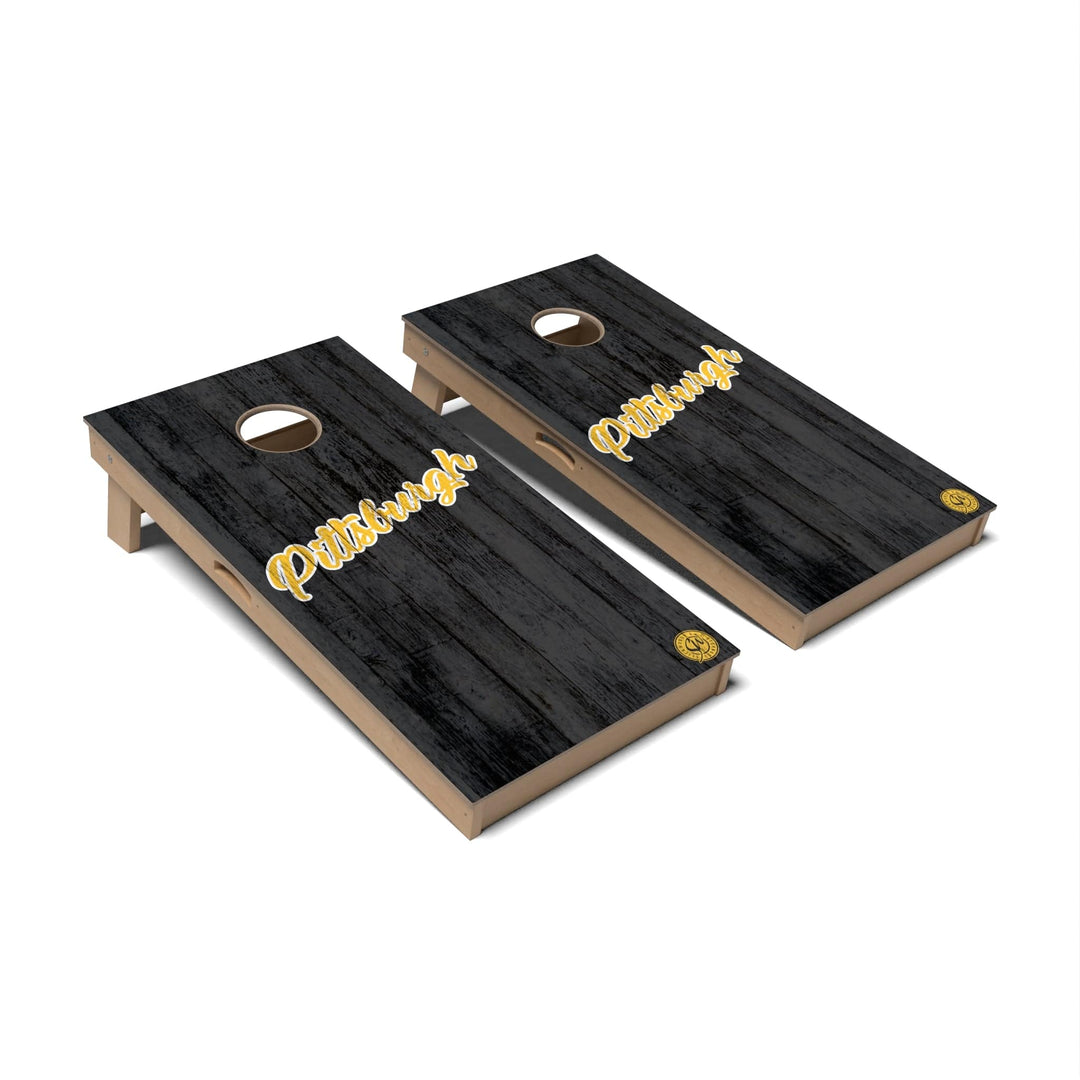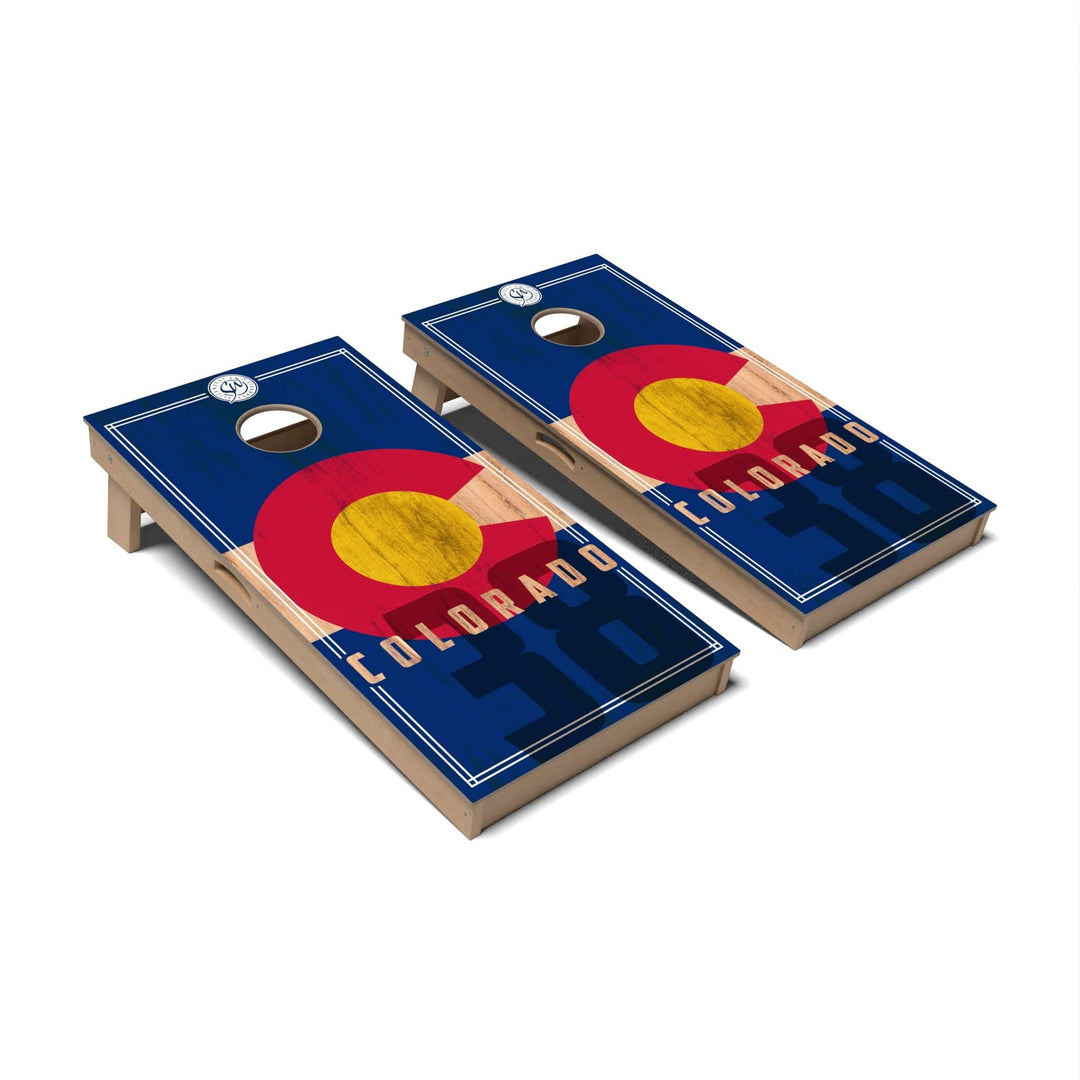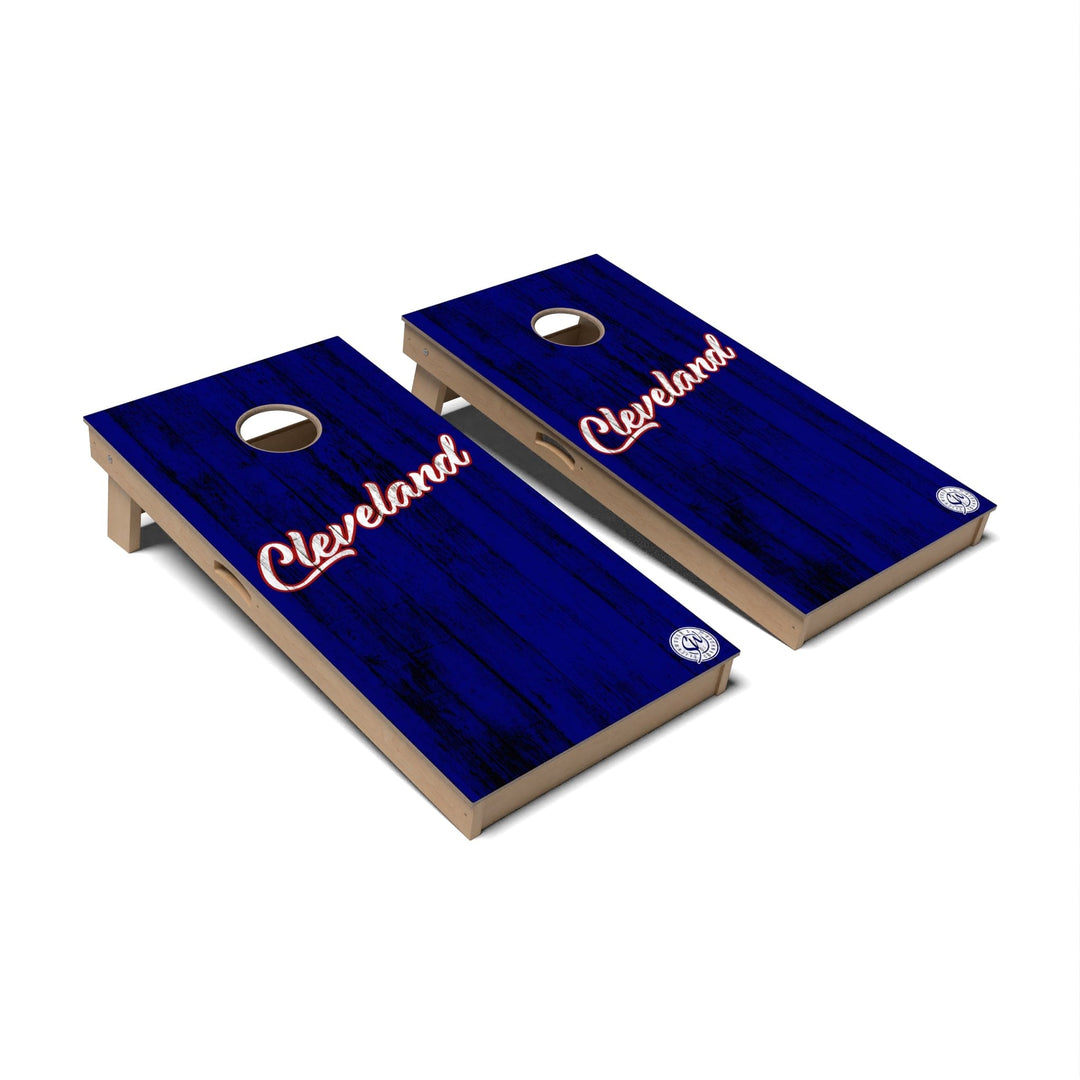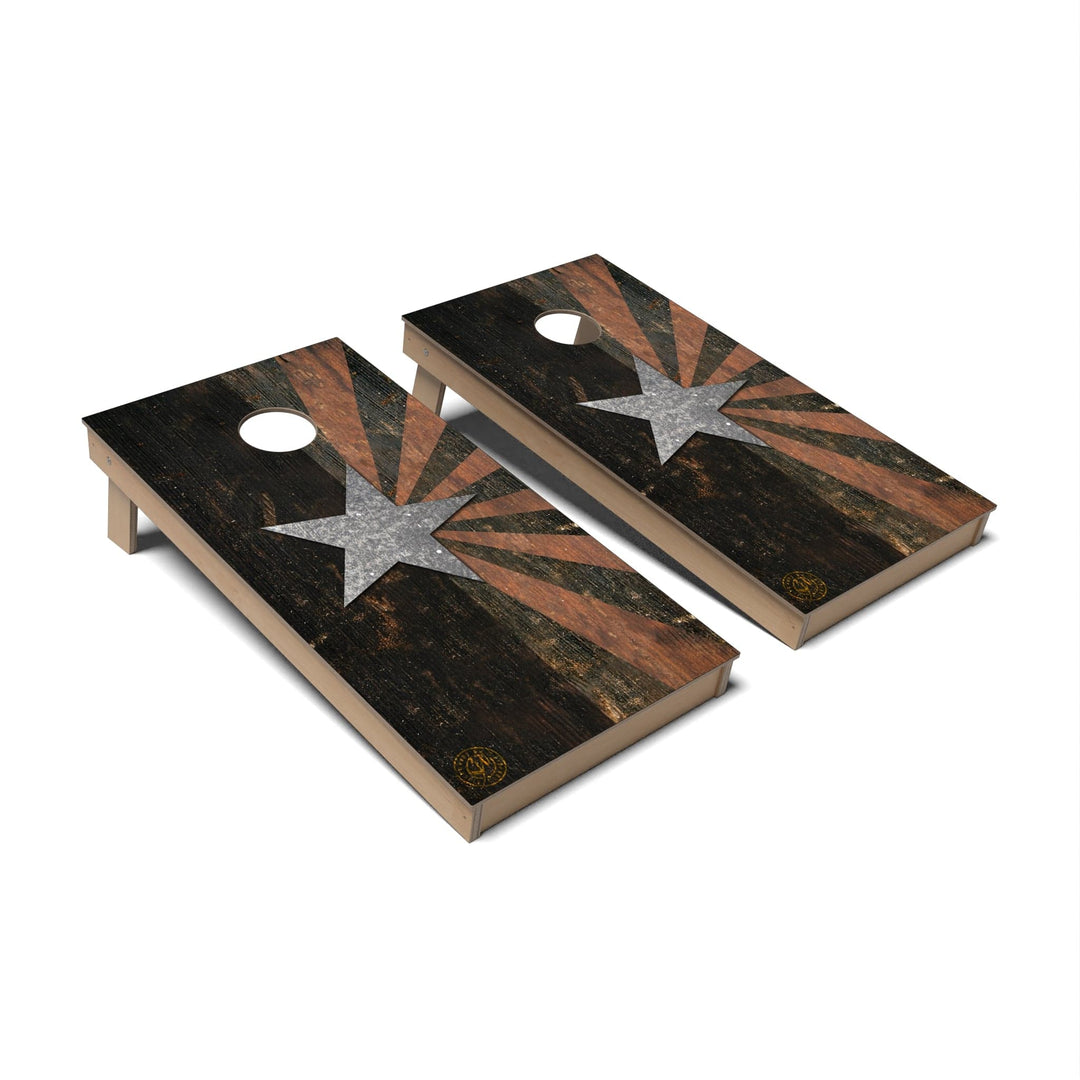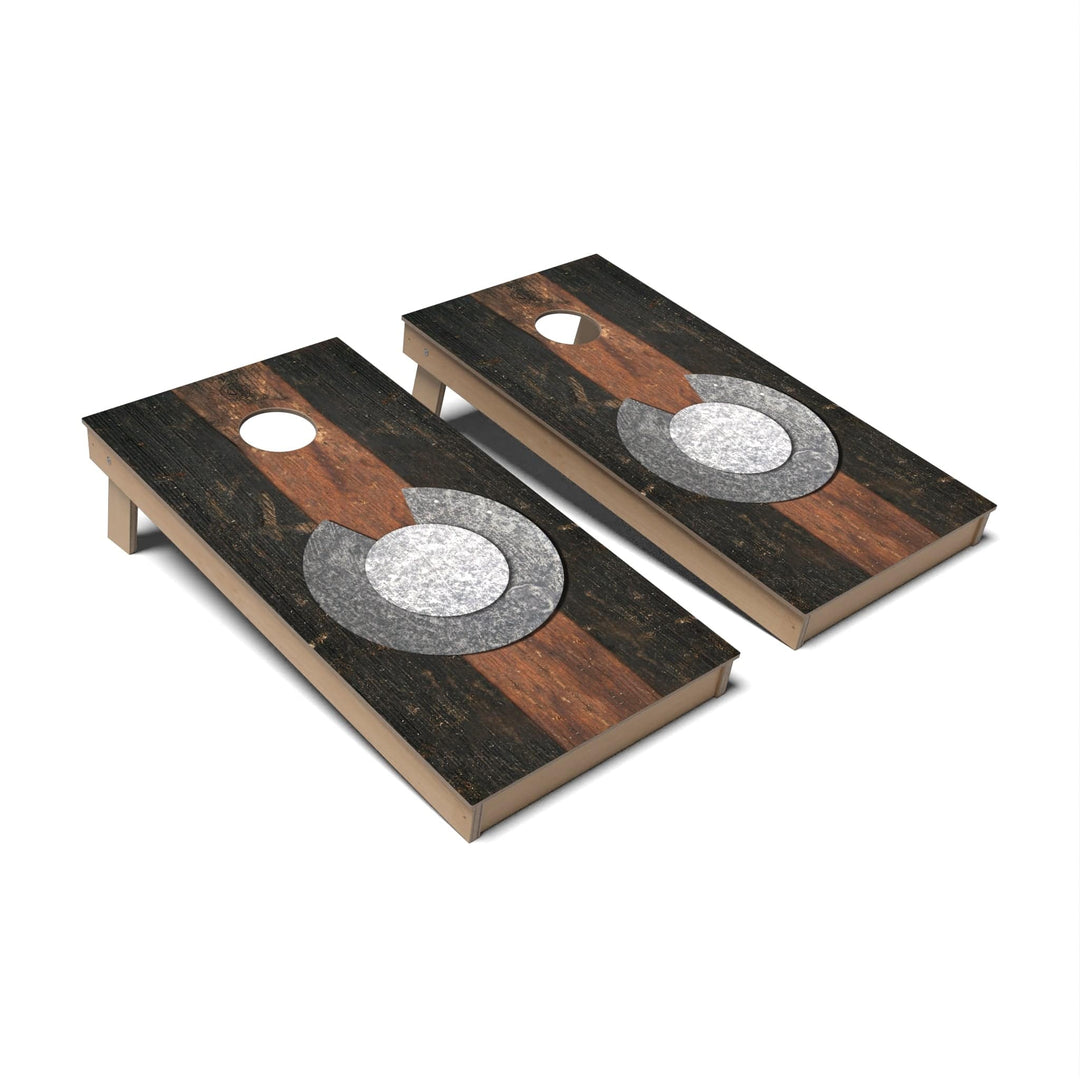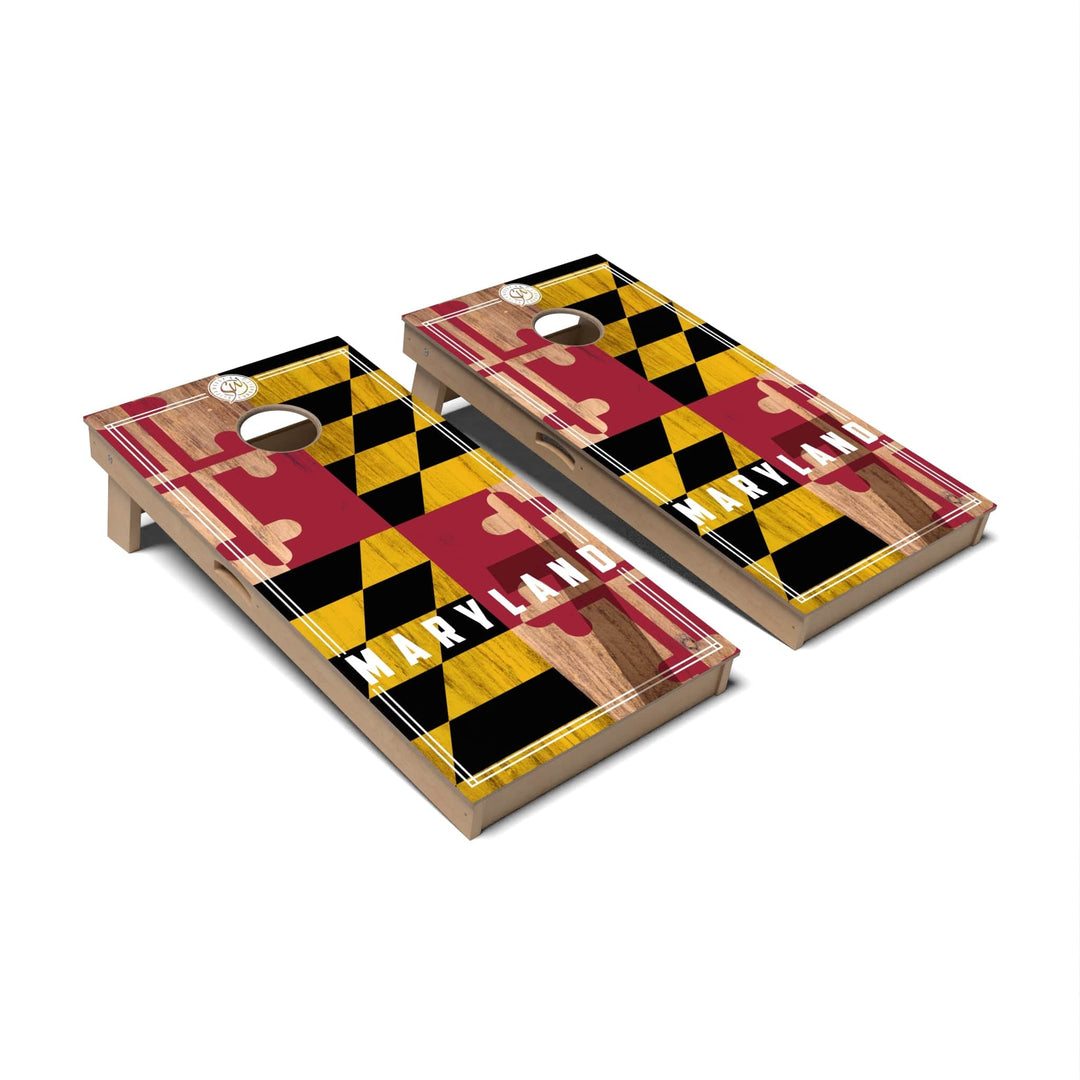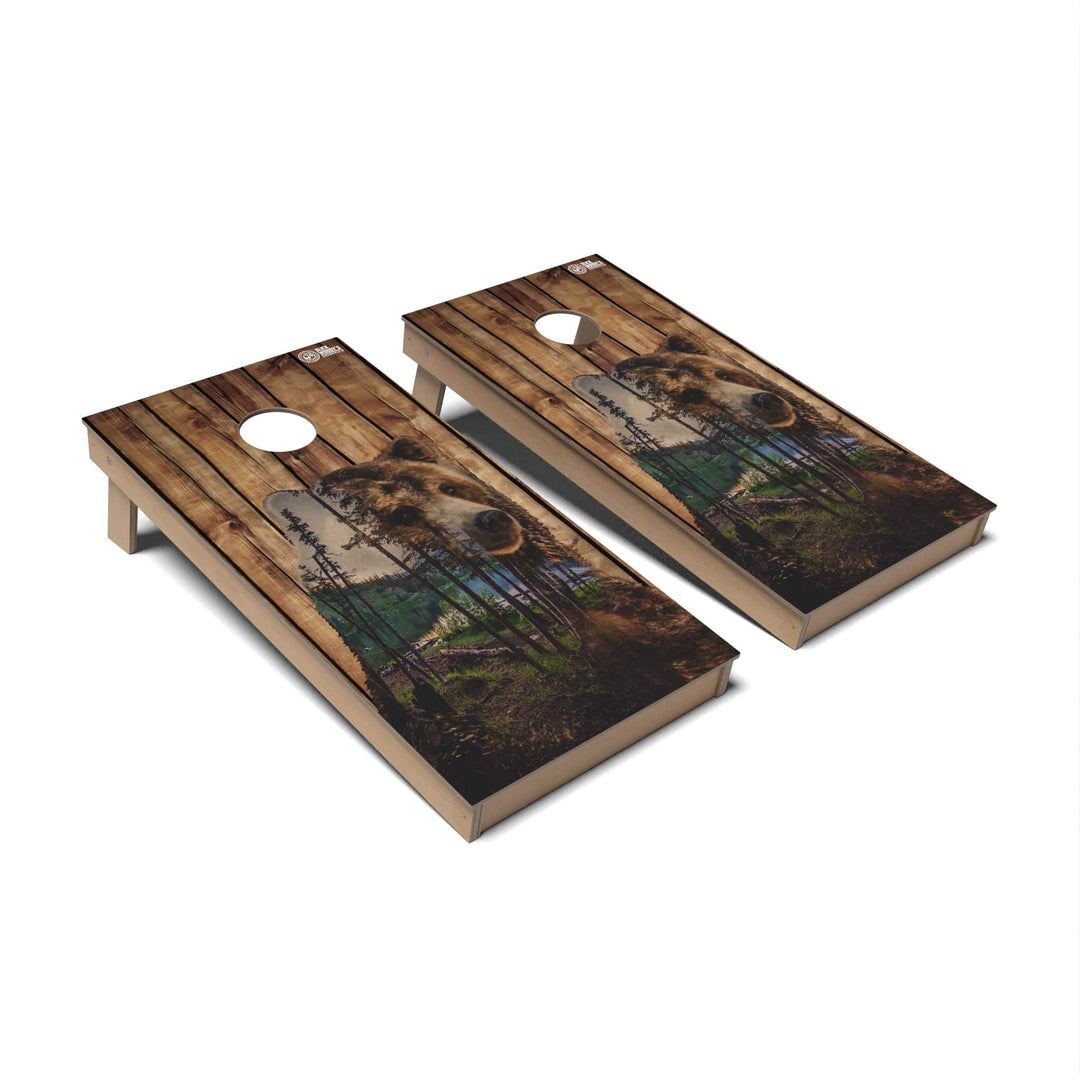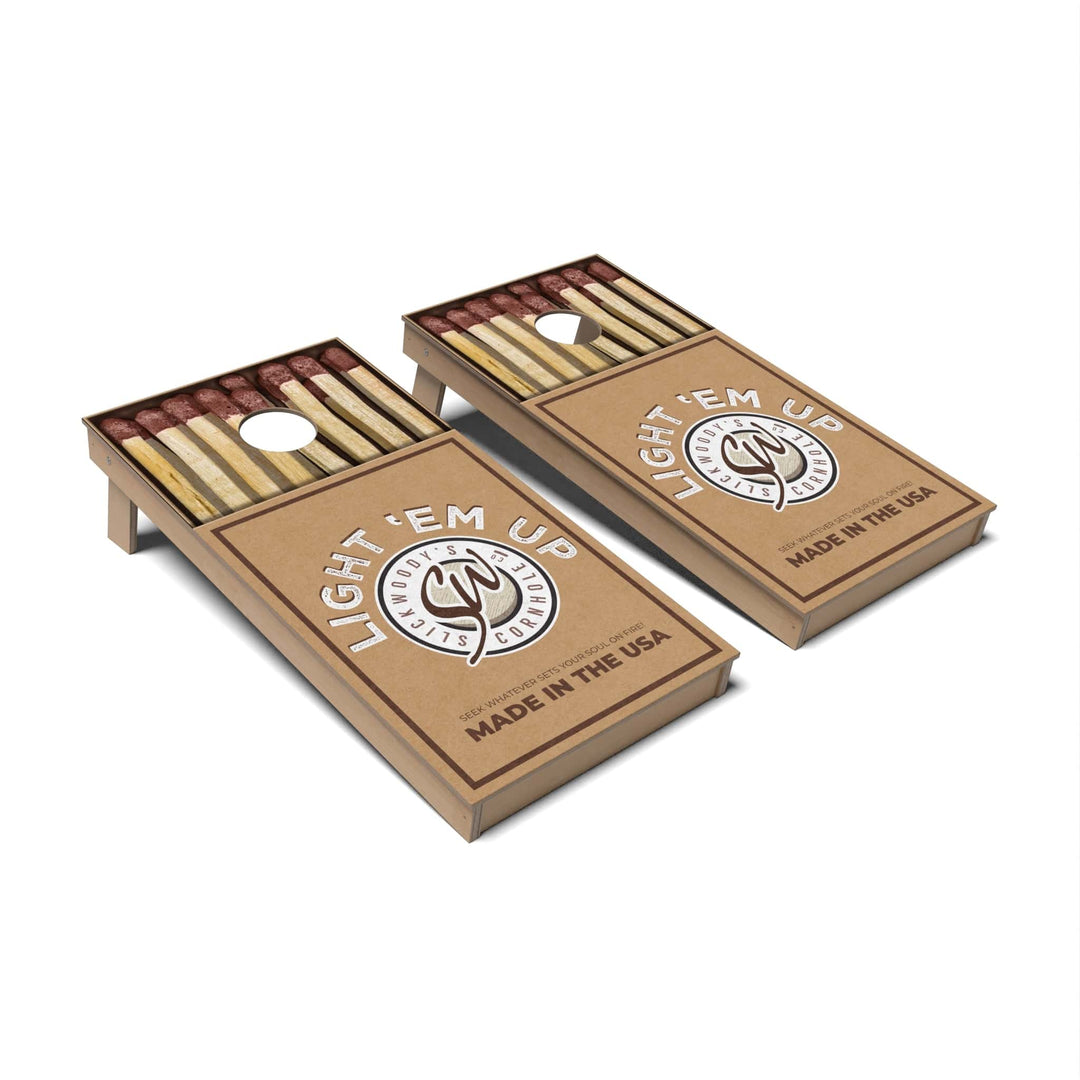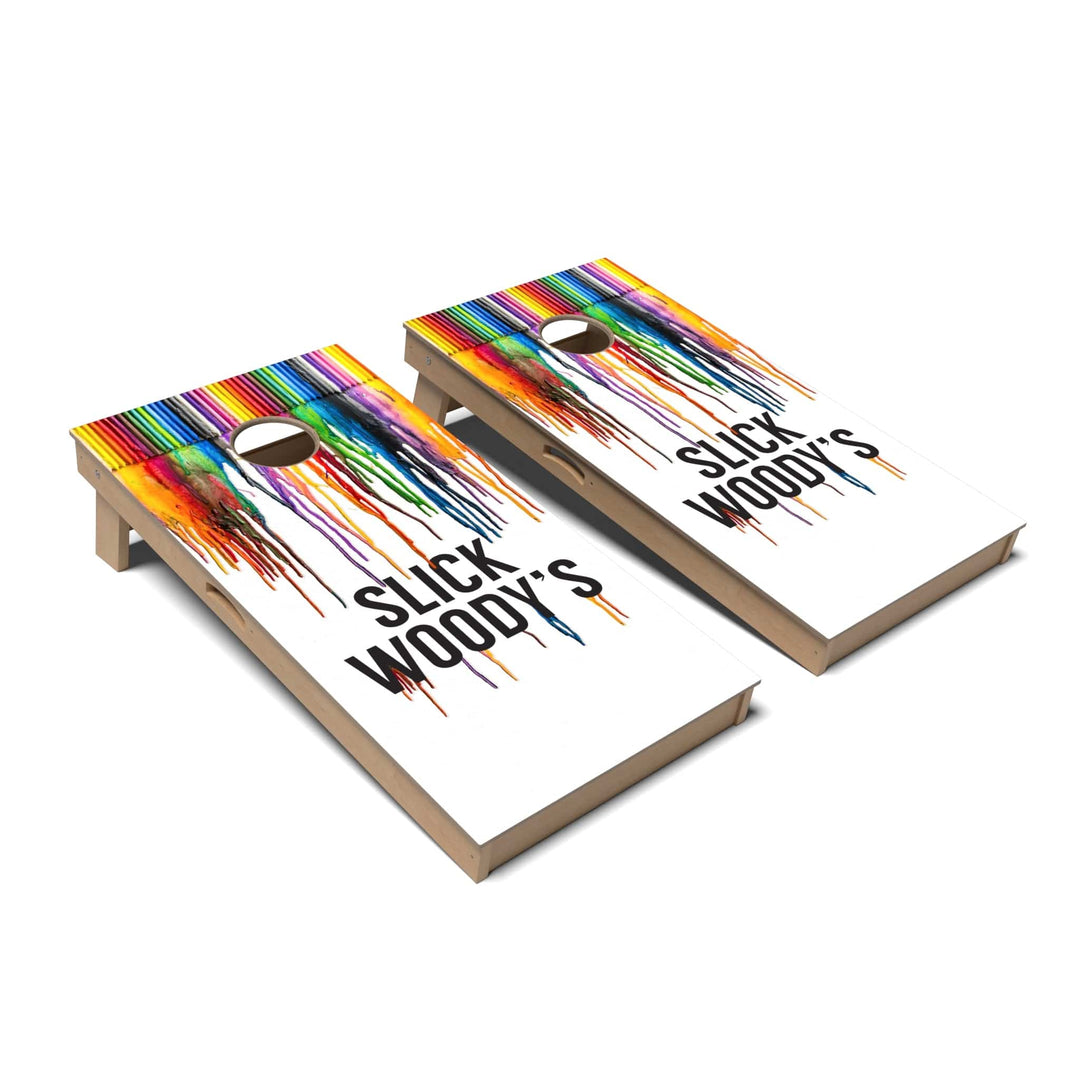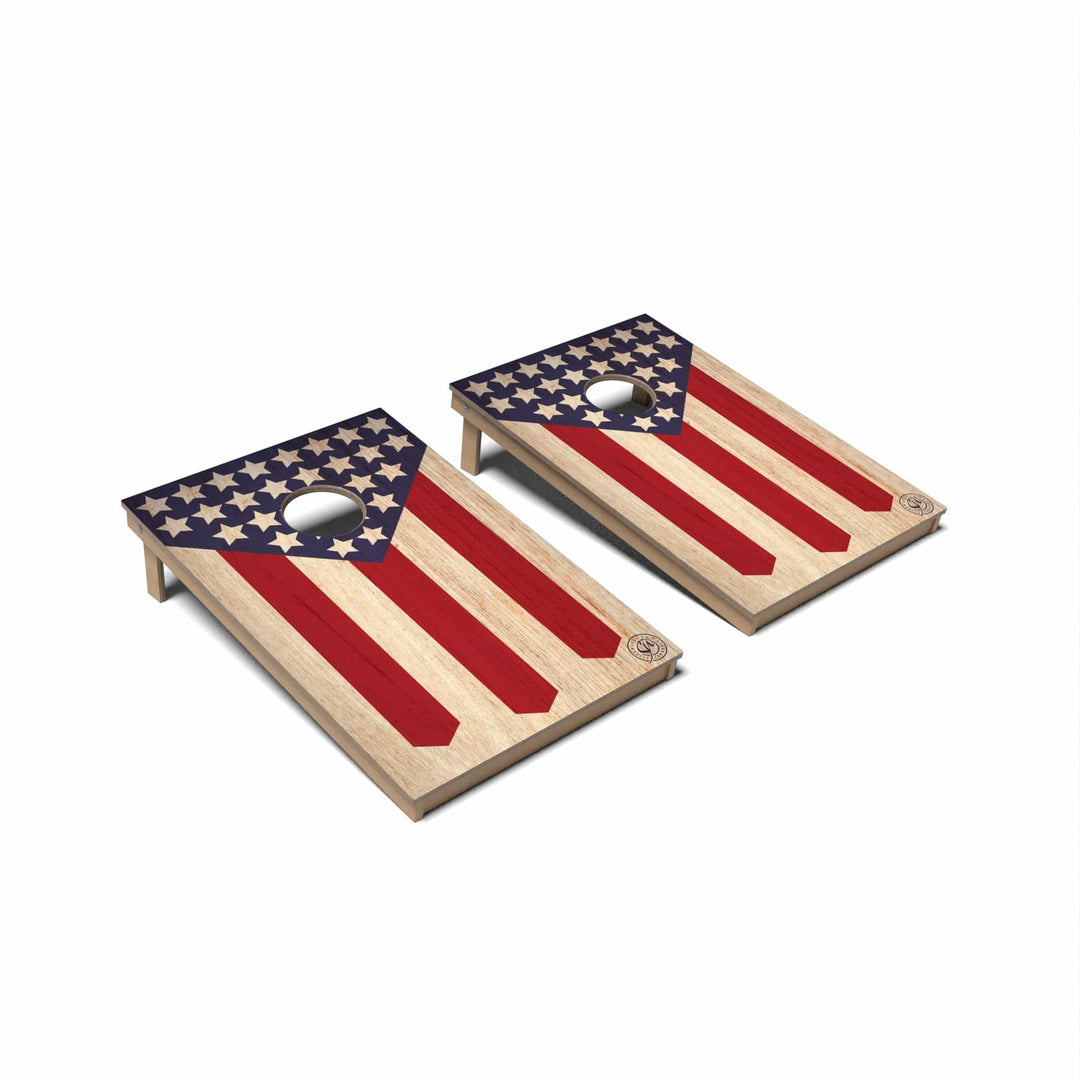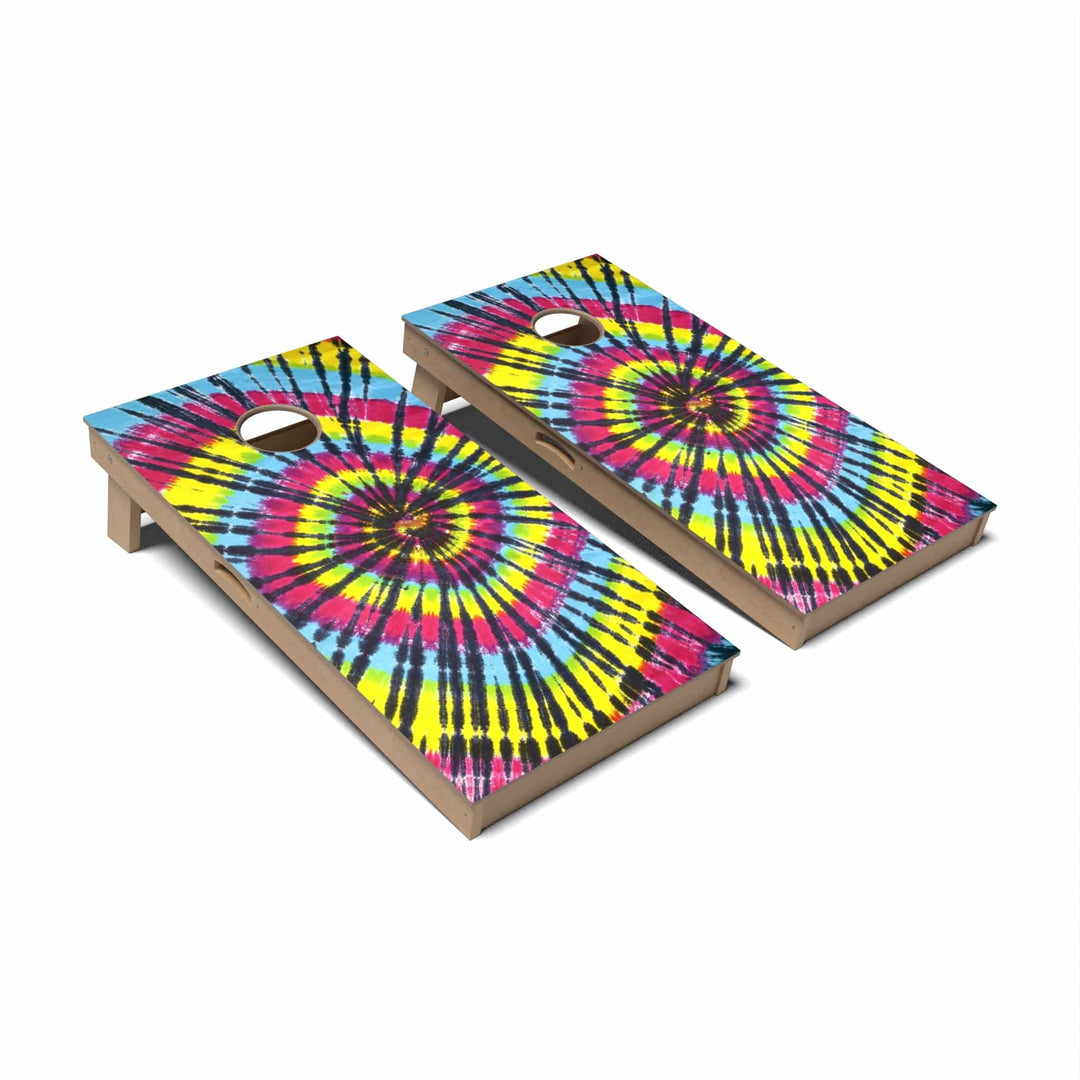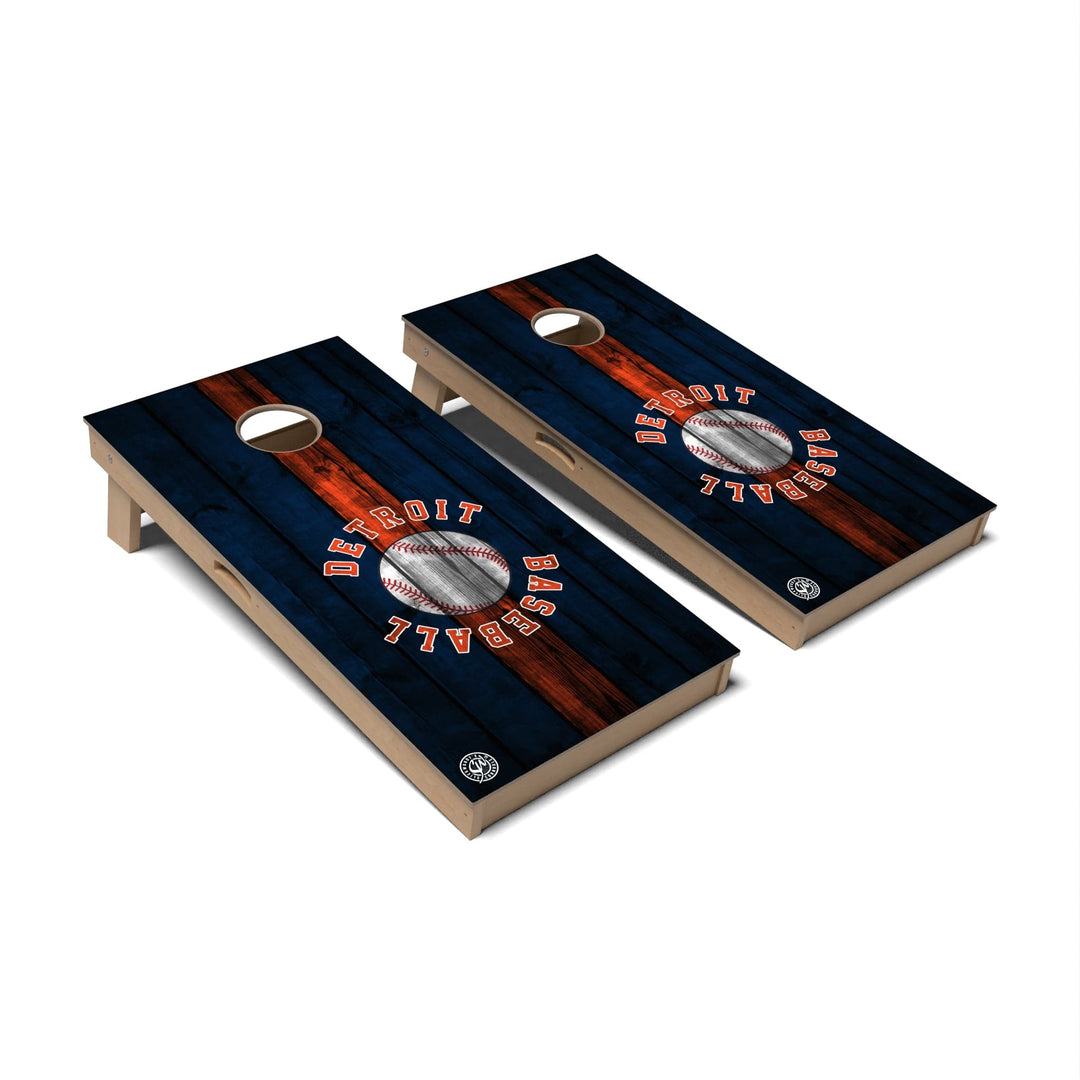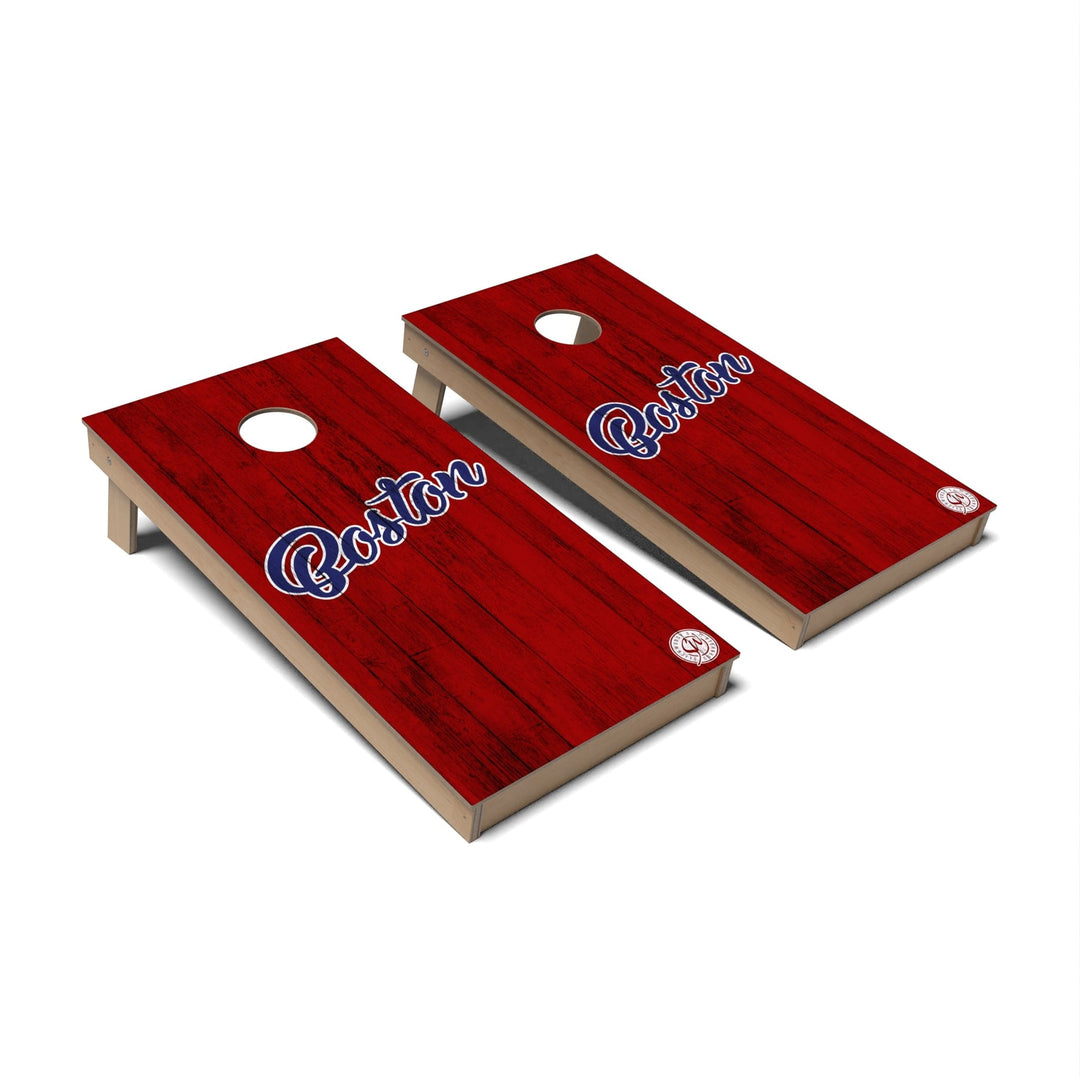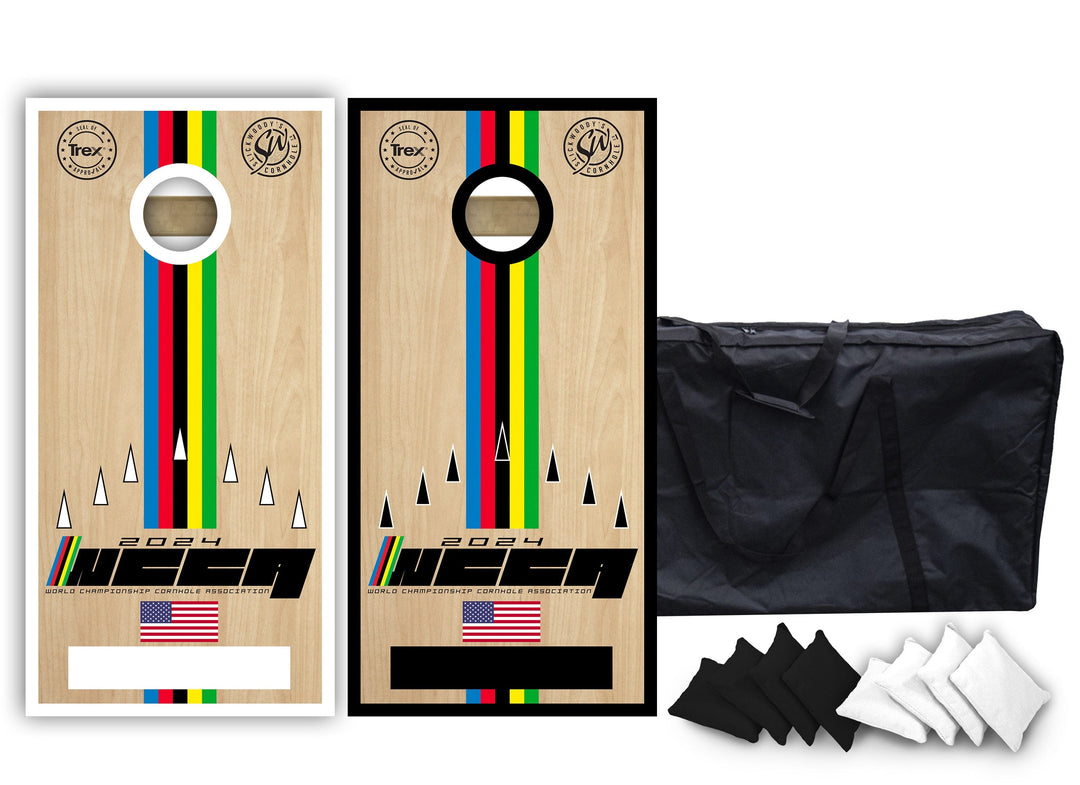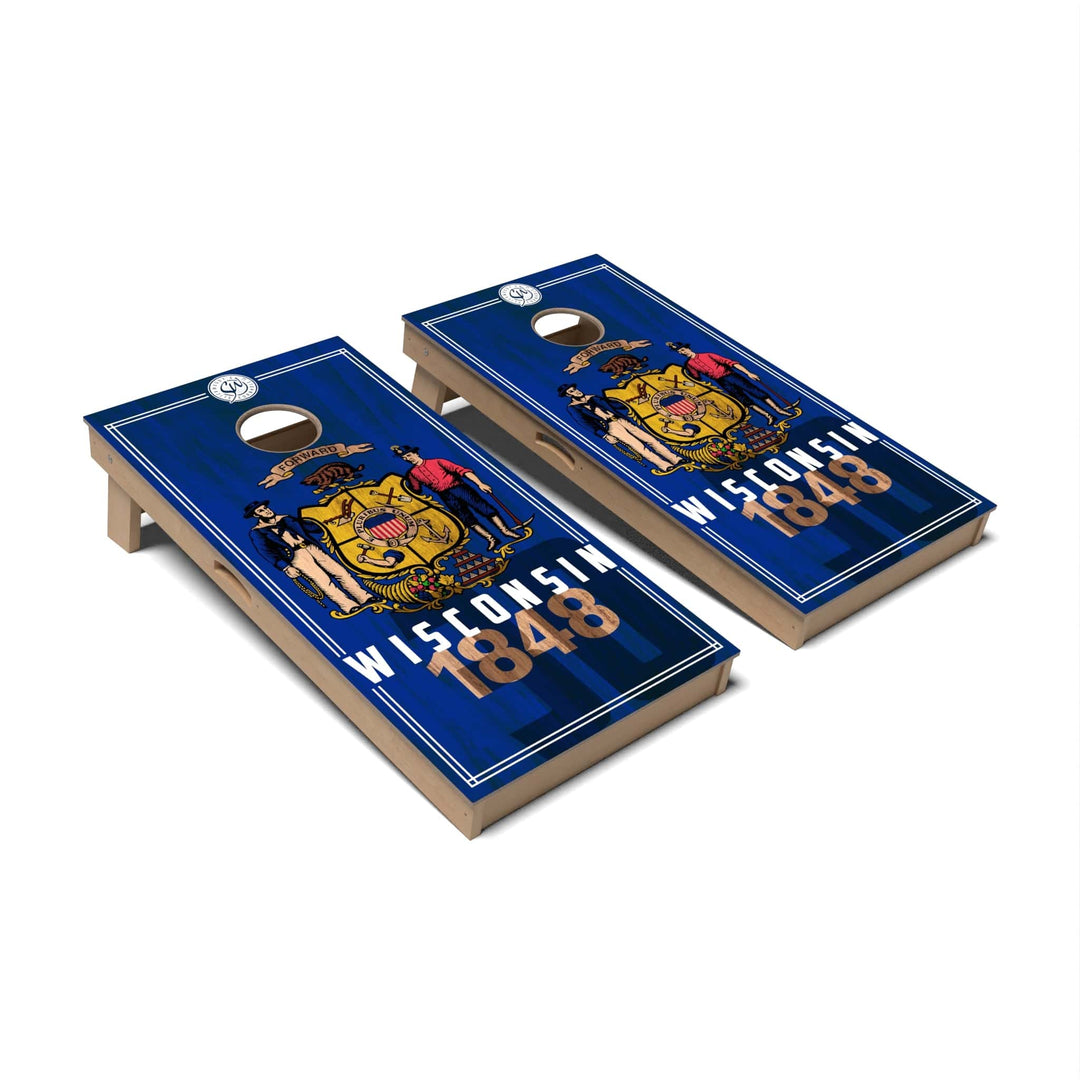What are Cornhole Bags Made of? Fabric vs Corn vs Resin Fill
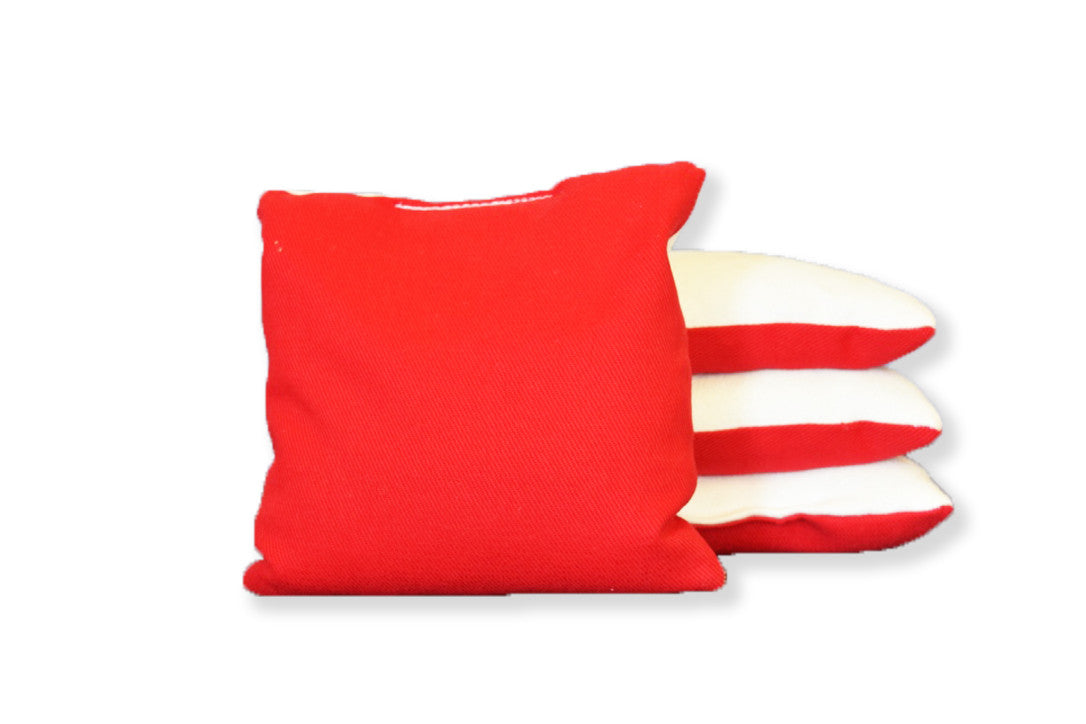


When you’re playing cornhole, whether it be in your own backyard, at a barbecue, or at a local tournament, do you ever wonder, “What are these cornhole bags filled with?”
Well, most of the time it’s actually corn. But sometimes the bags are filled with plastic beads called resin. While many veteran players know the differences, most players new to the game do not. With so many retailers selling several types of bags - standard, all-weather, corn, resin - what does it all mean? And what type of bags should you be playing with?
Common Questions about cornhole bags:
- What does a good cornhole bag consist of?
- Corn vs Resin: What should I be playing with?
- Which plays better in certain types of weather?
- Do certain types of bags create dust?
- What bags should I use indoors?
- What bags should I use outdoors?

Materials Used for Cornhole Bags
While most players will tell you that both styles of bags will offer a great game of cornhole, there are some differences between the type of filling used in each bag.
In competitive style play, cornhole bags consist of duck cloth material (a heavy, plain woven cotton fabric) on one side, with microfiber on the other side. The duck cloth slides on the board easier, while the microfiber side allows the bag to come to an immediate stop. Most competitive bags are filled with resin.
In non-competitive or casual play, bags commonly consist of two duck cloth sides filled with whole kernel corn. Duck cloth offers a strong, durable material that withstands all types of weather. Corn-filled bags are commonly referred to as “standard” bags, while resin-filled bags are referred to as “all-weather.” So, what are some of the differences?
Corn-Filled Cornhole Bags: Pros and Cons
Most corn-filled bags are actually filled with whole-kernel corn. Over time, the corn will break down and create minimal dust. A large benefit of dust is that it coats the cornhole boards, allowing the bags to slide easier. If you’re playing indoors, be sure to have a large enough space as to not inhale any corn dust. This can potentially be irritating to players.
A common reason why players prefer resin to corn is that corn-filled bags tend to mold over long periods of play. This molding process can be escalated if the bags are used in the rain and then improperly stored. The mold and mildew can have another drawback, like bugs and corn weevils. The corn weevils hatch eggs and larva, and pretty soon, the bags will be filled with bugs instead of corn. Yikes!
While this is a rare occurrence, there is a great way to prevent the mold and mildew from growing within your cornhole bags.
First, limit your outdoor play with these types of bags, particularly when playing in the rain. You can also store them in a sealed container and place them in your freezer. Placing the bags in the freezer will kill any bugs or bacteria that may be caused from molding.
At Slick Woody’s, we actually freeze dry all of our corn-filled bags, ensuring that bugs do not have the ability to grow inside of them. No need to store them in a freezer or sealed container! Most corn-filled bags tend to be less expensive compared to resin-filled bags.
So, what are some of the advantages and disadvantages of playing with resin-filled cornhole bags?
Resin-Filled Cornhole Bags: Pros and Cons
When a cornhole bag is “resin-filled,” it means that the bag is filled with small plastic resin beads. The beads do not break down over time like corn-filled bags, which means they'll last longer. This also makes them dust-free and better to play with indoors in terms of not polluting the air. One drawback is that a lack of dust will also make the bags less slick.
This does alter play styles, and depending on the slickness of the boards, some players may need to alter strategies in order to adapt to a less slick board. These bags tend to be more desirable to some players due to the fact that they can be stored anywhere without the worry of mold, mildew, or bugs growing inside of them. These bags tend to be more expensive because of this, and while both corn and resin bags offer great play, resin is often preferred by indoor players.
Summarizing the Main Differences
- Corn-filled bags create a dust that coats the board, allowing for more slick play.
- Resin-filled bags do not break down, creating no dust, and should be considered when playing indoors for long periods.
- Both offer great play and versatility.
- The decision ultimately comes down to the player.
Conclusion
Overall, the decision to use corn-filled or resin-filled bags tends to come down to personal preference. Most casual players like corn-filled bags, while more serious and indoor players LOVE resin-filled bags.
Both types of bags offer great play with minor variations. Corn-filled bags should be played less frequently in rain due to the possibility of molding, while resin-filled bags can be played in any type of weather.
Corn-filled bags tend to require proper storage as well. The main difference comes down to dust.
Slick Woody’s Cornhole Bags
As mentioned before, Slick Woody’s offers corn-filled bags that have been freeze dried before the bags are stuffed, removing the possibility of mold and bugs. We offer a variety of colors as well as styles such as professional play bags and casual bags.
We also have bags customized with your favorite beer logo embroidered on each bag, and a custom carrying bag for storage and travel. New to Slick Woody’s are our Light Up Bags. These bags have our logo and different colored lights that let you play cornhole all night long! Check out all of our different cornhole bags.







